Chocolatemakers makes strong chocolate from bean to bar 100% in-house
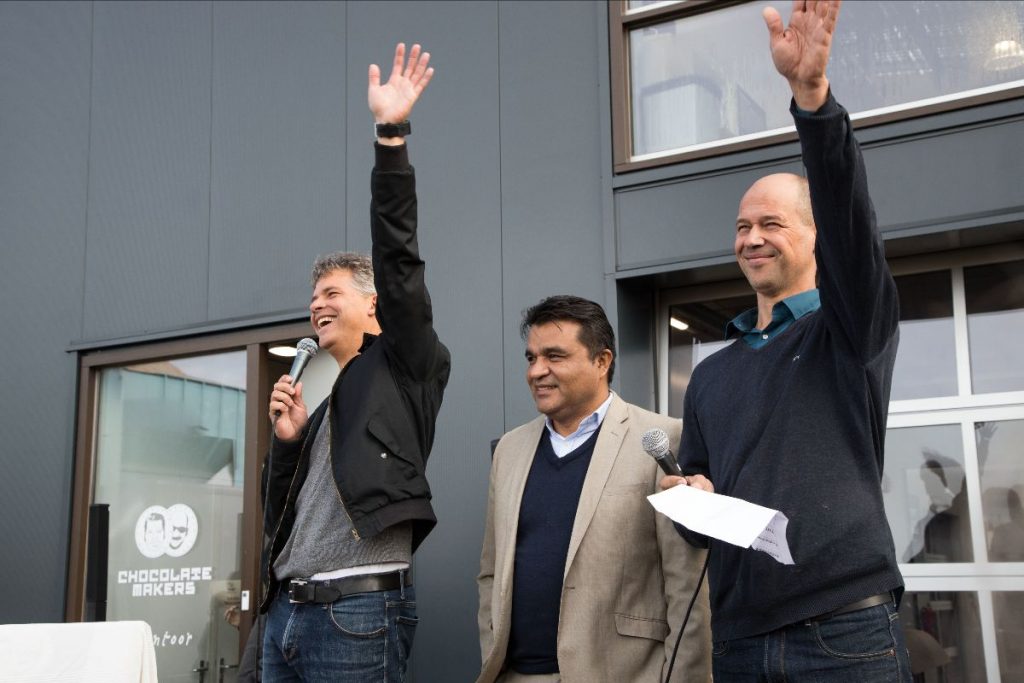
From left to right: Enver Loke (Chocolatemakers, founder), Santiago Paz Lopez (Norandino Peru farmers' cooperative, general manager), Rodney Nikkels (Chocolatemakers, founder)
5 October 2019 - Chocolatemakers today opened the Netherlands' first visitable chocolate factory in the world's largest cocoa port. All Chocolatemakers were together today to open the chocolate factory: hundreds of fans, professionals and the cyclists of the Schokofahrt who transport 2500 kilos of chocolate bars to Germany by bike. They could all come and taste and discover how chocolate is made.
"At the factory, you can see how èreal chocolate is made, from bean to bar. A bar of chocolate is not just something that rolls out of a factory; cocoa is a beautiful natural product. The circumstance in which a bean grows determines its taste. With time and craftsmanship, you can make a special, high-quality product that also contributes to a more beautiful world. Now everyone can come and experience that," say Rodney Nikkels (48) & Enver Loke (45), founders of Chocolatemakers. Starting in January, special tours will start on Friday afternoons that you can already sign up for on the website www.chocolatemakers.nl.
DOWNLOAD THE PRESS RELEASE HERE
New bar 30% milk chocolate and coffee
During the opening, the new flavor that rolls off the line starting today was launched. A bar with 30% milk chocolate made from cocoa from Peru with a touch of coffee from a sustainable coöper- ation from Colombia. Santiago Paz Lopez, from farmer coöperation Norandino of Peru who made the cocoa for the new bar, unveiled the bar. "We have been working with Chocolatemakers since 2011 and share the same vision of artisanal, quality chocolate. In this bar you taste a very accessible, yet rich cocoa. We are proud of the product and to be here today.
Bean-to-bar
Chocolatemakers searches worldwide for organic cocoa beans of exceptional quality. Just like a grape or a coffee bean, there are great differences in cocoa. The region and the circumstances in which the cocoa beans grow are reflected in the 8 varieties of chocolate bars, each with a unique, strong flavour. The chocolate is made from bean-to-bar according to the company's own recipe to which as little sugar as possible is added.
Sjakie and the...
Chocolate Factory of course. But that's not so natural anymore, where can you still find a chocolate factory where chocolate from bean to bar is completely homemade? When you control all the steps of chocolate making, you can call yourself a èreal chocolate maker finds Chocolatemakers. The factory is the most sustainable factory in the world with an entire solar panel roof that allows it to provide all of its own energy.
Good news!
From 1 October 2019, the Fairtrade the minimum price for cocoa from $2,000 to $2,400 and increases the Fairtrade premium from $200 to $240. This is of course good news!
But we stay sharp!
What is a viable income for farmers?
Unfortunately, despite all the increases, this still does not ensure a viable income. Fairtrade recently carried out its own research Fairtrade has recently carried out its own research and comes to the same conclusion, especially in the main producing countries Ivory Coast and Ghana, the income of farmers remains very low even with the new prices and they live in extreme poverty (below $ 1.50 per person per day).
Low cocoa prices perpetuate illegal practices, of which child labour is the most conspicuous. Despite all the media attention, this problem has only grown in recent years, particularly in West Africa.
What do Chocolatemakers think?
Fairtrade must stand for fair trade ...
... with which the farmer can make a reasonable living, that is what the consumer expects and that is what the system should guarantee.
The cocoa price is structurally too low, with all its consequences, such as child labour, deforestation, poverty, soil exhaustion and the disappearance of biodiversity. The price must be substantially and structurally increased and must be passed on in the price of chocolate. Ultimately, there must be a fairer distribution of profits in the chain.
A low cocoa price ensures good profits for chocolate companies and brands. It is unacceptable that the suppliers of the most important raw material of chocolate are themselves living in bitter and extreme poverty.
What do we do?
Better prices and infrastructure for farmers.
From our start in 2011, we have consistently paid above-market prices, and above Fairtrade prices: between $3,700 and $5,000 per 1,000 kg.
But we are not a multinational company with a large share of the market, which is why we also started a different process in 2014.
Instead of supplying a cheap raw material, the farmer himself must be enabled to process his cocoa and add value, and thus receive a larger share of the consumer price. In Peru, we are building a cocoa processing plant in cooperation with the farmers' cooperative. In this way, we are turning the farmers into real 'Chocolate Makers'!
This factory can process cocoa for 100 million chocolate bars and the farmers own the factory. The factory will be operational from the beginning of 2019, a historic fact and a milestone in our existence!
Read more:
Demystifying the cocoa sector in Ghana and Côte d'Ivoire - KIT
Fairtrade Living income reference prices for cocoa - Fairtrade
Higher Fairtrade prices are still unfair, says Cocoa for Change founder - Food Navigator
Cocoa farmers to earn more through a higher Fairtrade Minimum Price - Fairtrade


Jesper and Julian, the sons of the founders of Chocolatemakers, marked the start of construction with the driving of the first pile. The new factory will have a transparent roof of solar panels and will be fully self-sufficient in energy. This makes the Chocolatemakers chocolate factory unique in the world.
read more about the new factory
[twocol_one]
Solar panels

The special thing about this factory is that it will provide for its own energy needs by means of a fully transparent roof of solar panels. We use circular building materials as much as possible. And the Tres Hombres can moor directly at the factory.
With the sailing ship and our own power supply, we can make chocolate entirely on the power of nature.
[/twocol_one] [twocol_one_last]
Port of Amsterdam

The factory will of course be in Amsterdam, the world's largest cocoa port and our home base. In cooperation with the Port of Amsterdam we have found a suitable location on the Radarweg Westelijk Havengebied. A beautiful location by the water, behind the Seamen's Centre.
If you want to follow all the developments of the new factory closely, please register for our newsletter.[/twocol_one_last]
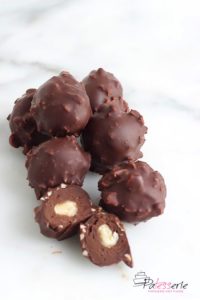 Tessa from PaTESSerie creates the most delicious baking recipes and writes about them on her baking blog PaTESSerie. She makes the most delicious cakes, pastries, desserts, and of course everything with chocolate! She has also created quite a few recipes with our chocolate. Below is a short extract from the recipe for our Gorilla Bar Extra Dark 92%. You can read the full text here: https://www.patesserie.com/chocolade/baci-di-cavaliere-een-variant-op-de-ferrero-rocher/
Tessa from PaTESSerie creates the most delicious baking recipes and writes about them on her baking blog PaTESSerie. She makes the most delicious cakes, pastries, desserts, and of course everything with chocolate! She has also created quite a few recipes with our chocolate. Below is a short extract from the recipe for our Gorilla Bar Extra Dark 92%. You can read the full text here: https://www.patesserie.com/chocolade/baci-di-cavaliere-een-variant-op-de-ferrero-rocher/
Ferrero Rocher, who doesn't know them? Those delicious chocolate balls with hazelnut flavour and crispy outer layer. Delicious they are! Recently, the beautiful cookbook Made at Home by Giorgio Locatelli was published and it contains his own Italian version of these chocolate balls. They call them Baci di Cavaliere. I made them and they are delicious! Partly due to a specially used chocolate. The newest Gorilla Bar from the Chocolatemakers, extra dark 92%!
[The 92% of Chocolatemakers is] full of good cocoa flavour yet pleasant to work with
Recipe: Baci di cavaliere
source: https://www.patesserie.com/chocolade/baci-di-cavaliere-een-variant-op-de-ferrero-rocher/
Choco Sails; dark milk chocolate with coffee and cocoa nibs
Can you resist the temptation and not eat this bag in one go?
The Choco Sails are thin slices of coffee chocolate sprinkled with strong cocoa nibs. Real, hand-picked Arabica coffee beans from Colombia are ground into the chocolate. The dark milk chocolate (52%) is made of Trinitario cocoa beans from the farmer's cooperative Conacado from the Dominican Republic. The organic coffee comes from CooAgroNevadaa women's coffee cooperative from the Sierra Nevada de Santa Marta nature reserve in Colombia and is grown at altitude (1600 metres).
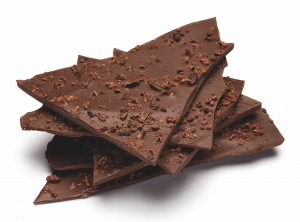
The cocoa beans and coffee beans for these 'Choco owls' are brought from the Caribbean by the sailing ship the Tres Hombres The cocoa beans and coffee beans for these 'Chocozeiljes' are transported from the Caribbean by sailing ship and brought to the quay in Amsterdam. By eating this chocolate you support the Tres Hombres and choose for sustainable transport! Let the wind take you away and taste the power of real chocolate!
You can order via our webshop for professionals*
Available for business customers only for the time being
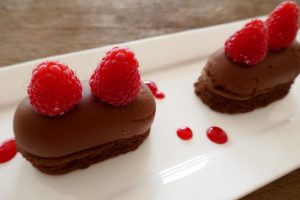 Mother is the sweetest. And for the dearest you bake a cake, with the children. I know cakes that you shouldn't leave to dads and little ones, because then the kitchen looks like a bomb has exploded and the little fingers have to go under the cold tap for hours. So something easy. But something that looks like it has taken hours, because most mothers don't like a 'Jantje van Leiden' (a kind of trick).
Mother is the sweetest. And for the dearest you bake a cake, with the children. I know cakes that you shouldn't leave to dads and little ones, because then the kitchen looks like a bomb has exploded and the little fingers have to go under the cold tap for hours. So something easy. But something that looks like it has taken hours, because most mothers don't like a 'Jantje van Leiden' (a kind of trick).
If Dad just bakes the biscuit base, the children can help with the little jobs. Stirring the cream, picking out the prettiest raspberries and putting them on the tartlets (and eating the rest) and drizzling jam. Most mothers love chocolate, and this cake is halfway between a pastry and a giant bonbon. Don't use too big of a mould as it is a mighty cake. I used the Silikomart Pillow mould, which gave them a nice shape and with the enclosed cutter you can remove layers from the biscuit base and fit them exactly underneath. The chocolate must be top quality. I like bitter chocolate and chose the Gorilla Bar 68% cocoa from Chocolatemakers. If you like it less bitter, you can choose a lower cocoa content, but in any case read the Chocolatemakers' story, which you will find here. here. It tastes so good to be honest!
Chocolate bomb with raspberries
You will need this for 6 cakes
For the sponge cake base:
150 grams of chocolate sponge mix from Brand New Cake
90 grams of egg
35 grams water
For the chocolate bombs:
150 grams of dark chocolate (I used the one from Chocolatemakers with 68% cocoa)
200 ml whipped cream
And further:
3 tablespoons raspberry jam
Fresh raspberries
Silikomart Pillow mould
Cake tin 26 cm
Make the chocolate biscuit:
Preheat the oven to 160 degrees (hot air) or 175 degrees (conventional). Mix the mix with the water and egg. Mix for 7-8 minutes on the highest setting and then two more minutes on the lowest setting. Line a cake tin with baking paper and pour in the mixture. Bake until it springs back when you press it down (it took me 20 minutes, if a skewer comes out dry, it's done anyway).
Make the chocolate bombs:
Put the cream on very low heat. Break the chocolate on very low heat until the chocolate has melted (do not boil!). Stir well and pour into six holes of the silicone mould. Put the mould in the freezer, about an hour is enough.
Building the cakes:
Cut the cake into two long slices and take out six thin bases with the cutter from the Pillow form. Brush generously with the jam.
Remove the chocolate bombs from the moulds. Place a chocolate bomb on each base and place the tarts on saucers or a large dish. Wait until they are not so cold before serving.
Put the rest of the jam in the microwave on the defrost setting until it is thick and liquid. Place 2 raspberries on each tartlet (if necessary, stick them with slightly warm chocolate) and drizzle some of the jam next to them. Clean up the kitchen, otherwise it won't be Mother's Day 🙂
Author: Frederike Krommendijk is the author of two cookbooks and a baking book. She does not like to make things difficult, not even in the kitchen. When she is not cooking or baking, she writes with dedication. For vegatopia.com and LandIdee for example, but also for advertising agencies and other clients. www.krommendijkvelthuis.nl
source: https://www.bouwhuis.com/blog/chocobommetje-liefste-mama/
You probably already saw it passing by, a few weeks ago we introduced our new Gorilla Bar 92% Extra Dark! We received so many positive reactions!
The 92% is not only extra dark, it's also extra special. Read more about our Gorilla Bar 92% Extra Dark here

Product Information
The 'Gorilla bar' extra dark is made from Forastero cocoa beans from the Virunga National Park, Congo. The chocolate contains 92% cocoa solids, including 82% cocoa mass and 10% cocoa butter, 8% arenga forest sugar. All ingredients are from organic cultivation. The bar weighs 80 grams and is wrapped in greaseproof paper printed with organic ink. This chocolate is guaranteed not to contain (traces of) peanuts or nuts.

Order here: consumer / professional
 This weekend they are at our door again!
This weekend they are at our door again!
About 100 Germans and a few Austrians cycle with their cargo bikes from different parts of Germany to Chocolatemakers to pick up our organic Tres Hombres chocolate and cycle it back to Germany. The idea of the #Schokofahrt is to transport the organic chocolate to Germany completely free of emissions. The cocoa beans were shipped from the Dominican Republic to the Netherlands on the sailing ship Tres Hombres and transported to the factory on a cargo bicycle. We have made delicious chocolate from them and the Germans bring them home by carrier cycle.
More info on the Schokofahrt website, or on their Facebook page.
This is where the cyclists come from, and where the chocolate goes to...

 Do you dare to look this Silverback in the eye?
Do you dare to look this Silverback in the eye?
With 92% cocoa, this bar is extra dark, but we have made it super accessible.
The extra dark 92% bar is not only extra dark, but also extra special. The 92% Gorilla Bar is a fusion of two special projects. Thanks to these projects, both the habitat of the endangered Gorilla in Congo and the habitat of the Orangutan in Indonesia are protected.


To our Gorilla cacao we have added arenga* forest sugar from the project of the Masarang Foundation. This foundation protects the habitat of the Orangutan together with the local population by planting new forest and harvesting the arenga forest sugar. Check masarang.nl, or watch the TEDTalk below, really great!
*Arengaforest sugar is sugar from the sugar palm (not to be confused with the destructive oil palm!), a healthier alternative to ordinary sugar.

Product Information
The 'Gorilla bar' extra dark is made from Forastero cocoa beans from the Virunga National Park, Congo. The chocolate contains 92% cocoa solids, including 82% cocoa mass and 10% cocoa butter, 8% arenga forest sugar. All ingredients are from organic cultivation. The bar weighs 80 grams and is wrapped in greaseproof paper printed with organic ink. This chocolate is guaranteed not to contain (traces of) peanuts or nuts.

Order here: consumer / professional
Masarang Foundation
What does Masarang Foundation do exactly? Willie Smits explains it in this inspiring video. We love this!
Ciel Bleu** has been working with our chocolate from the very beginning. Their recipes are truly works of art. And now also possible to make at home. It takes some time, but you will certainly surprise your guests with such a delicious dish.
The taste is the most important thing! But uniqueness is also important to us. The Chocolatemakers' chocolate is not always 100% the same. That gives it an edge. It remains a handmade product with a character.
- Arjan Speelman (chef de cuisine Ciel Blue**)
[twocol_one]
Ingredients list
crunchy raspberry crunch Sosa
fine fresh mint leaves
fresh raspberry
Recipe chocolate mousse
250 gr milk
250 gr whipped cream
70 gr sugar
100 gr egg yolk
3 leaves of gelatine
350 gr virunga milk chocolate 37%
1 fresh vanilla pod
30 gr Zacapa rum Gran Reserva 23 years
Raspberry sorbet recipe:
325 gr fresh raspberries
30 gr sugar
15 gr trimoline
5 gr lemon rind
Recipe chocolate sponge:
150 gr egg white
65 gr sugar
65 gr almond powder
15 gr cocoa powder
20 gr flour
Recipe yuzu cream:
100 gr yuzu juice
80 gr butter
85 gr sugar
2 eggs
1 sheet of soaked gelatin
Recipe yuzu-zest:
1 fresh yuzu
1 dl sugar water 1 to 1
Recipe coffee crumble:
125 gr flour
125 gr icing sugar
125 gr cream butter
125 gr almond powder
25 gr cocoa powder
2 gr sea salt
8 gr coffee paste Arabica
Recipe chocolate tuille:
100 gr icing sugar
100 gr egg white
80 gr flour
20 gr cocoa powder
5 gr salt
2 tonka beans, grated
Recipe chocolate pearl:
125 gr milk
125 gr whipped cream
35 gr sugar
50 gr egg yolk
2 leaves of soaked gelatin
175 gr virunga chocolate 68%
Recipe cocoa butter:
100 gr virunga chocolate 68%
20 gr cocoa butter
[/twocol_one] [twocol_one_last]
Bring the milk and cream together with the opened vanilla pod to a boil. Mix the egg yolks with the sugar and pour in the boiling mixture. Stir well and pour back into the pan and then heat to about 80â "ƒ. Remove the pan from the heat and dissolve the gelatin in it. After this, pour the warm mixture onto the milk chocolate and stir well until a nice, smooth mass is formed. Finally, add the rum and place in the refrigerator.
Crush the fresh raspberries in the food processor and press the mass through a fine sieve. Mix the resulting raspberry coulis with the trimoline, sugar and lemon zest. Put the mixture into a Pacojet container and put it in the freezer. Before using, turn the frozen raspberry mass upside down in the Pacojet.
Blend all ingredients except the egg white in the food processor for 2 minutes. Then add the egg white and blend for another minute. Strain the mixture through a fine sieve, put it into a kidney bottle and pressurise it with 2 gas cartridges. Fill small plastic containers (maximum capacity 500 ml) halfway with the mixture. Immediately put them in the microwave at full power for 40 seconds. Then allow to cool slightly and release the moulds. After releasing, cut even, playful pieces and dry in the easy-dryer for 8 hours, so that a nicely crunchy and airy chocolate flake emerges.
Reduce the yuzu juice with the butter and sugar to one-third.
Pour the reduced mixture onto the beaten eggs and stir well. Put the mixture back into the pan and bring gently to the boil, stirring continuously. Now immediately strain the mixture through a fine sieve and dissolve the gelatine in it. Place the cream in the fridge to firm up.
Remove the skin from the yuzu (without the white) and cut it into even strips. Rinse the chopped yuzu zest under hot running water. Blanch the zest three times in boiling water. After this, confit the peels in the sugar water at a temperature of 75â "ƒ.
Whirl all the dry ingredients through in the food processor. After this, add the cream butter and coffee paste until everything is well mixed. Now crumble the dough over a large tray and let it dry at room temperature for 24 hours. Bake the crumble in a 175â "ƒ oven for 9 minutes.
Mix all ingredients well with a whisk. Let the mixture rest for 6 hours and spread into 15 x 3 cm strips. Bake at 160â "ƒ for about 6 minutes. Immediately from the oven, give the tuilles a fun, playful shape.
Bring the milk and whipping cream to a boil. Mix the egg yolks together with the sugar and pour in the boiling mixture. Stir well and pour back into the pan. Then heat the mixture to about 80â "ƒ. Remove the pan from the heat and dissolve the gelatin in it. After this, pour the warm mixture onto the milk chocolate and stir well until smooth. Pour the mixture into a silicone pearl mold and place it in the freezer.
Melt both ingredients and mix them together. Now run the frozen chocolate pearls through this warm mass (30â "ƒ), so that the outside of the pearl gets a thin crispy coating. [/twocol_one_last]
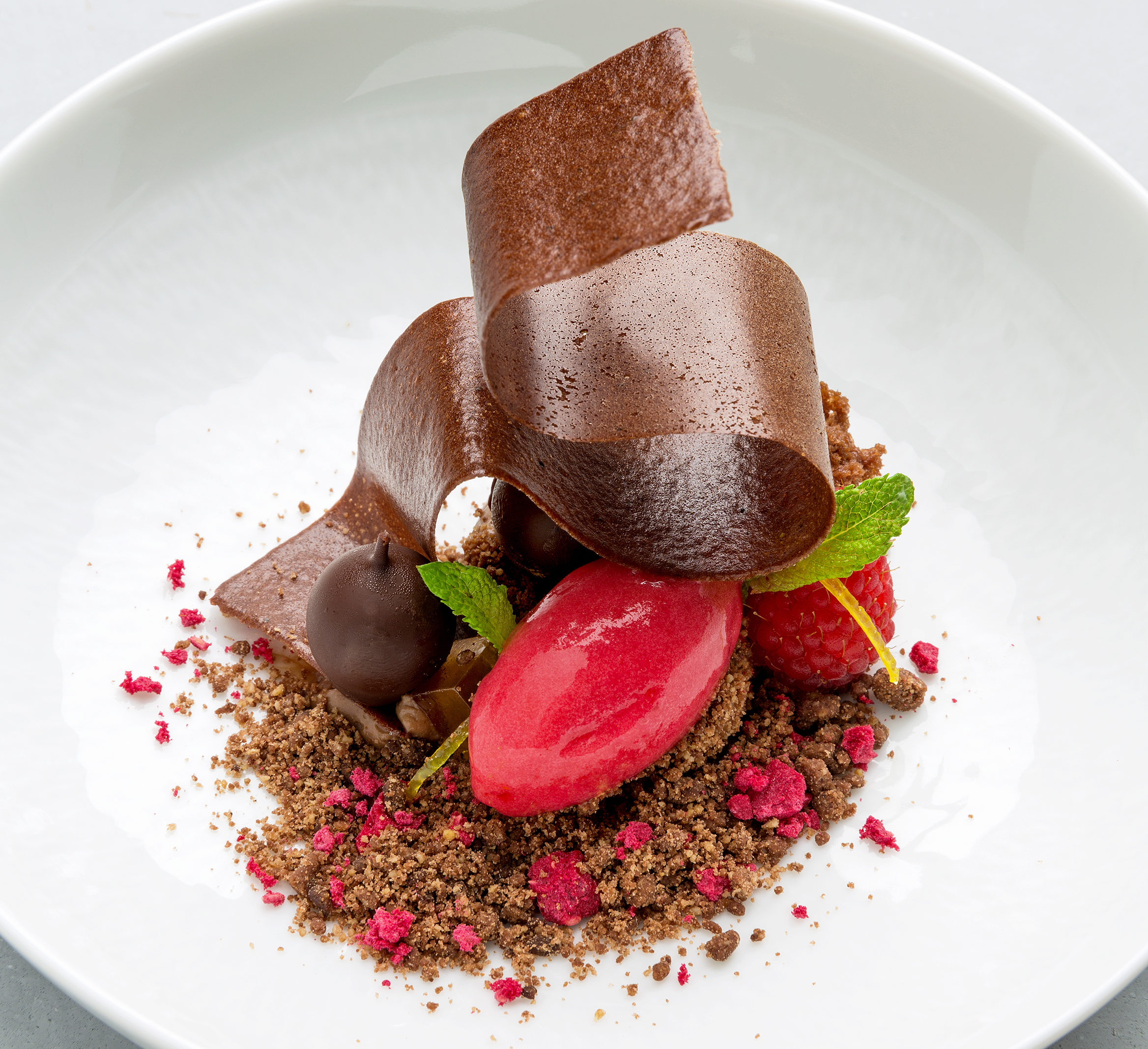
Preparation method:
From a piping bag, pipe the chocolate mousse in an even round ring into a deep plate. Playfully arrange the crumble on top and all the other ingredients, except the raspberry sorbet and the tuille. Make a quenelle of the sorbet and place it on top of the creation. Finally, insert the chocolate tuille into the ice cream.
Ciel Bleu** has been working with our chocolate from the very beginning. Their recipes are truly works of art. And now also possible to make at home. It takes some time, but you will certainly surprise your guests with such a delicious dish.
The taste is the most important thing! But uniqueness is also important to us. The Chocolatemakers' chocolate is not always 100% the same. That gives it an edge. It remains a handmade product with a character.
- Arjan Speelman (chef de cuisine Ciel Blue)
[twocol_one]
Ingredient list
1 banana
50 g cane sugar
black sesame paste
Recipe yuzu caramel:
170 gr sugar
15 gr water
50 gr yuzu juice
310 g water
7 gr agar-agar
50 gr whipped cream
Recipe tuille:
125 gr sugar
½ dl orange juice
60 gr butter
35 gr flour
Sorbet recipe:
90 g puffed banana (about 3 bananas)
10 gr white wine vinegar
10 gr pasteurized egg white
45 gr sugar water 1:1
45 gr water
Recipe hard Viennese pastry:
300 gr flour
200 gr butter
100 gr sugar
1 egg
Recipe chocolate cremosa:
125 gr milk
125 gr whipped cream
38 gr sugar
50 gr pasteurized egg yolk
175 gr Virunga chocolate 68%
1½ leaf of soaked gelatin
Recipe gomasio pâté:
75 gr white sesame, roasted
5 gr salt
26 gr icing sugar
26 gr Virunga chocolate 37%
26 gr pâté-feuilletine
[/twocol_one] [twocol_one_last]
Cut the banana into 2-inch slices and drill them out with a pommes Parisienne drill. Roll the drilled-out banana through the cane sugar and roast with a gas burner, just until evenly caramelized. Do this at the last minute.
Dress the black sesame paste à la minute on the plate.
Boil the sugar in 15 g water until it becomes a blond caramel. Then deglaze with the juice of the yuzu. Bring the agar-agar and 310 grams of water to the boil. Cook over medium heat for 1 minute. Mix the agar-agar with the yuzu caramel mixture and place in the fridge to set. Then turn the stiffened mixture smoothly in the food processor and assemble with the liquid whipped cream. Store in a piping bag in a cool place.
Heat the orange juice and melt the butter in it. Then dissolve the sugar in it and finally add the sifted flour. Let the batter rest for 12 hours in a cooled room. Spread the batter thinly on a silicone mat and place it in a 185â "ƒ oven for 10 minutes. After this, cut strips of 5 by 70 mm with a chef's knife.
Pierce the skin of the bananas with a toothpick and roast them in an oven at 160â "ƒ for 20 minutes. Then let them cool for a while and clean them. Mix the puffed banana with the remaining ingredients and puree until smooth in a food processor. Strain through a fine sieve and place the mass in a Pacojet cup. Place the mass in the freezer. When the banana mass is well frozen, swirl in the Pacojet once to make a smooth banana sorbet.
Mix all the ingredients by constantly rubbing them through your hands, just until a compact dough forms. Then wrap the dough in plastic to rest for at least 6 hours. After resting, roll out the hard wener dough to 3 mm thickness and cut even strips of 7 by 1 cm. Bake these in the oven at 160â "ƒ.
Bring the milk to a boil with the whipping cream and sugar and pour the liquid onto the egg yolk mixture. Stir well and pour back into the pan. Heat the mixture to 80â "ƒ. Then dissolve the soaked gelatin in it. Remove the pan from the heat and dissolve the chocolate in the warm mixture. When the chocolate has dissolved, pass the mixture through a fine sieve. Pour the cremosa preferably into a silicone mold measuring 7 by 1 cm. Let this stiffen slightly and then press in the gomasio patty (see recipe below). Finally, cover with the hard wenerdeough and allow to stiffen before unloading. After unloading, pipe the tartlet with chocolate.
Warmly mix the toasted sesame seeds into the mixture of chocolate, salt and powdered sugar to form a compact mass. Finally, mix in the pate-feuilletine. Spread on a tray to a thickness of about ½ cm. Let it set in the refrigerator before cutting into narrow strips[/twocol_one_last].
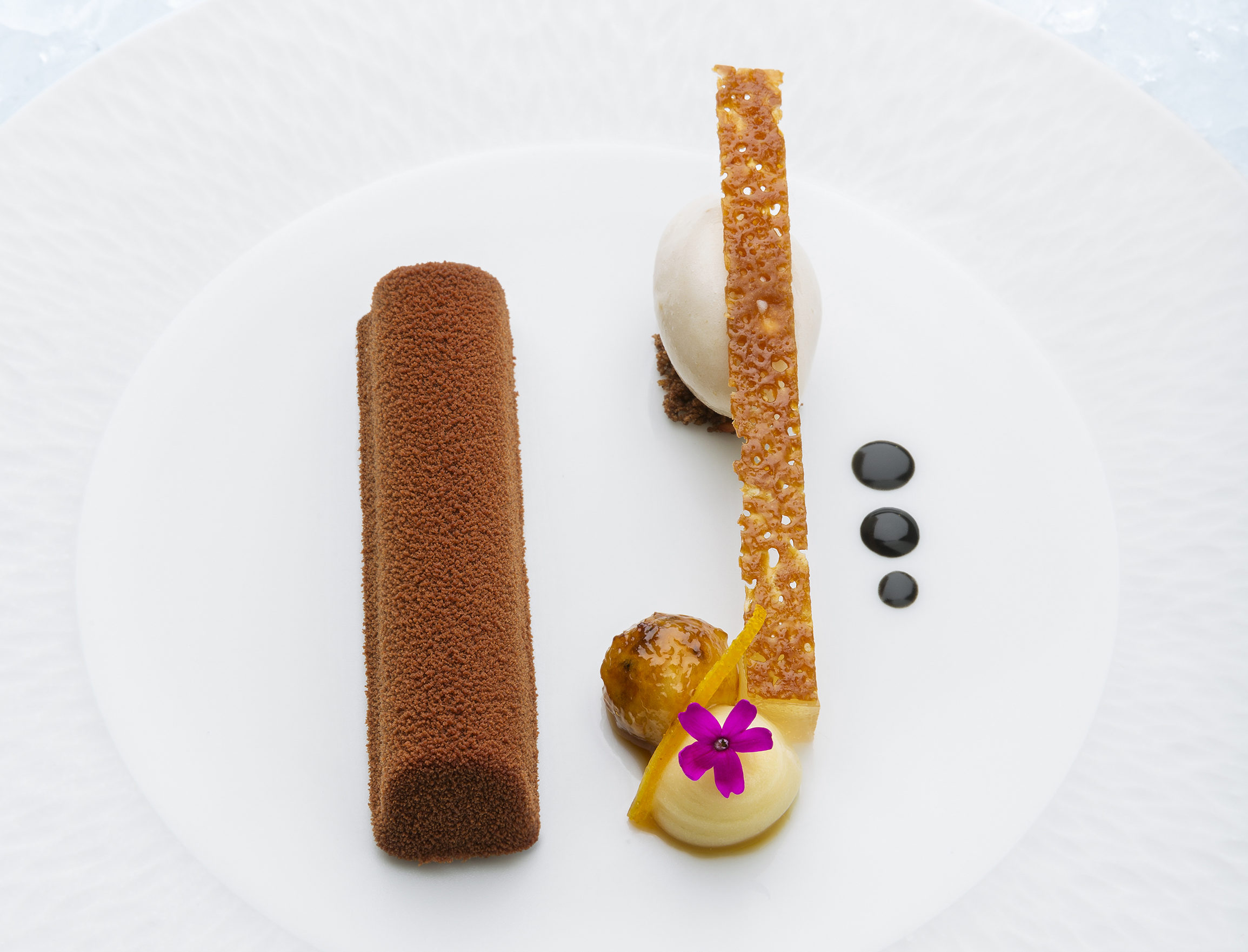
Presentation
Place the chocolate cake on the plate. Arrange the caramelized banana, zest, yuzu caramel and flowers next to it. Scoop in the banana sorbet and rest the crispy tuille on top. Dress the black sesame paste à la minute on the plate.
Last month, Rodney visited cocoa farmers and our partner cooperative Esco-Kivu in Congo. In North Kivu near the Virunga National Park to be exact, just near the border with Uganda. Why this visit? Because we like working directly with the farmers so we can see for ourselves how they and the cocoa plantations are doing. And because it's nice and warm there right now, of course.
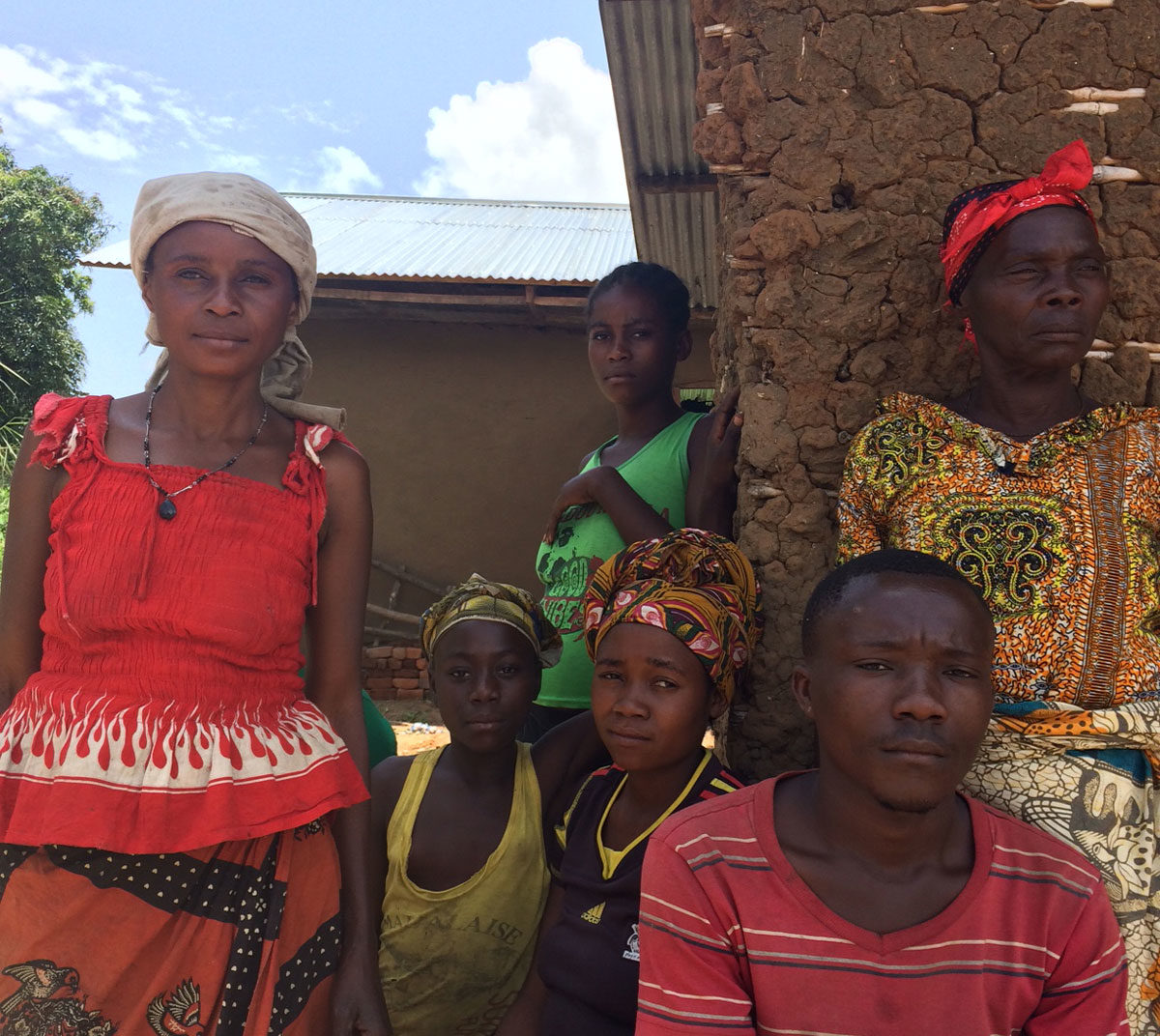
Congo, cocoa & gorillas
From the cocoa from Congo we make ourGorilla bars. In fact, from this cocoa we made our very first bar as Chocolatemakers! Esco-Kivu started a project in 2008 to promote organic cocoa in the Virunga area, in order to provide local residents with income. As a result, they no longer have to cut down wood in the gorillas' habitat, or go poaching. This keeps the gorillas' habitat protected. The initiative started very small at the time but many farmers have since joined.
Positive impact
During Rodney's visit, it was special to see how cocoa is having a positive impact on the lives of people in Congo. An area ravaged by civil war not so long ago. The cocoa is helping the people there to organize themselves into cooperatives, making them work more together and increasing mutual trust.
Our partner cooperative Esco-Kivu is also doing a lot of good work. They contribute to the hospitals in the area, to the reconstruction of churches and they have just started building a university in the area.
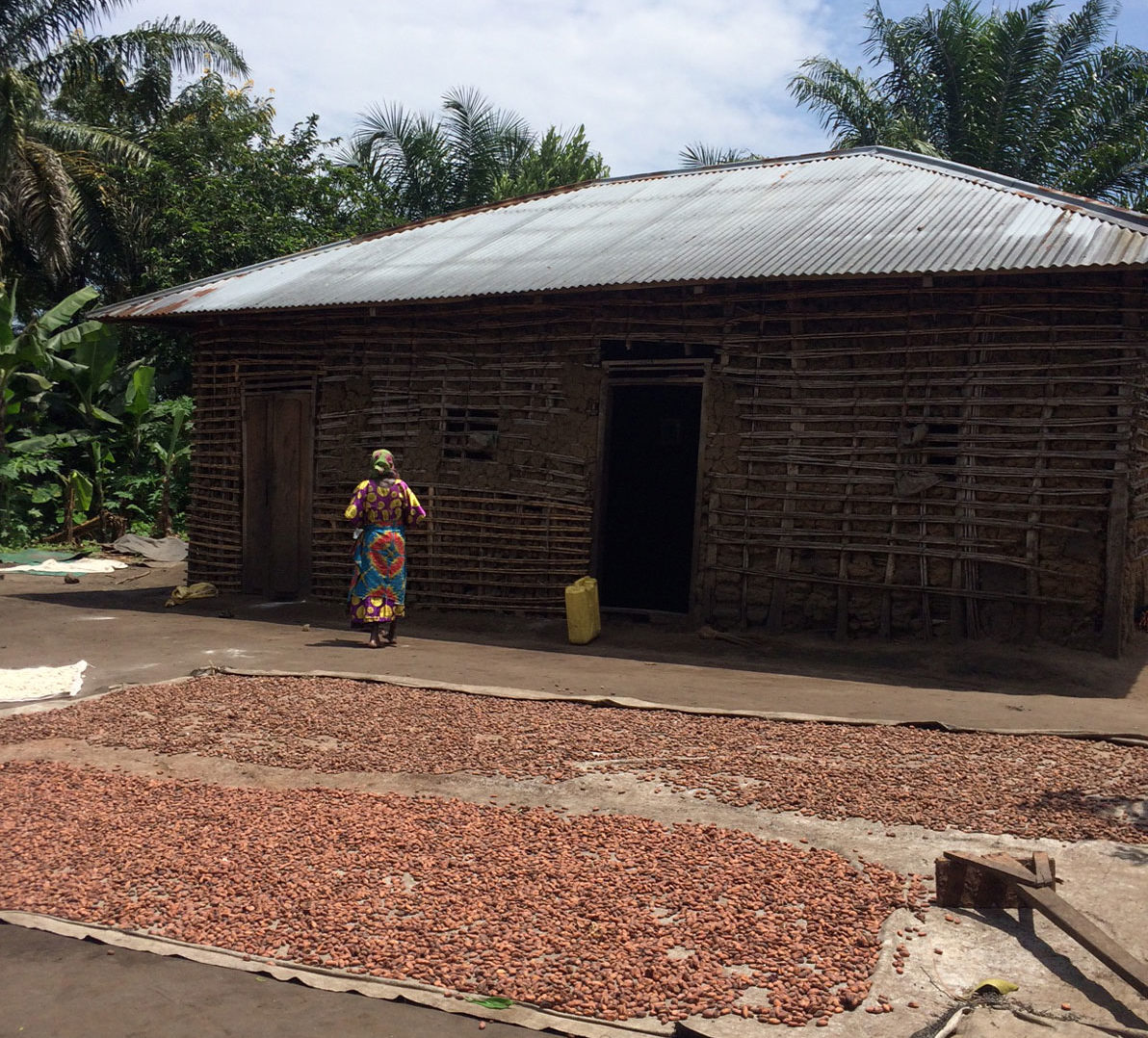
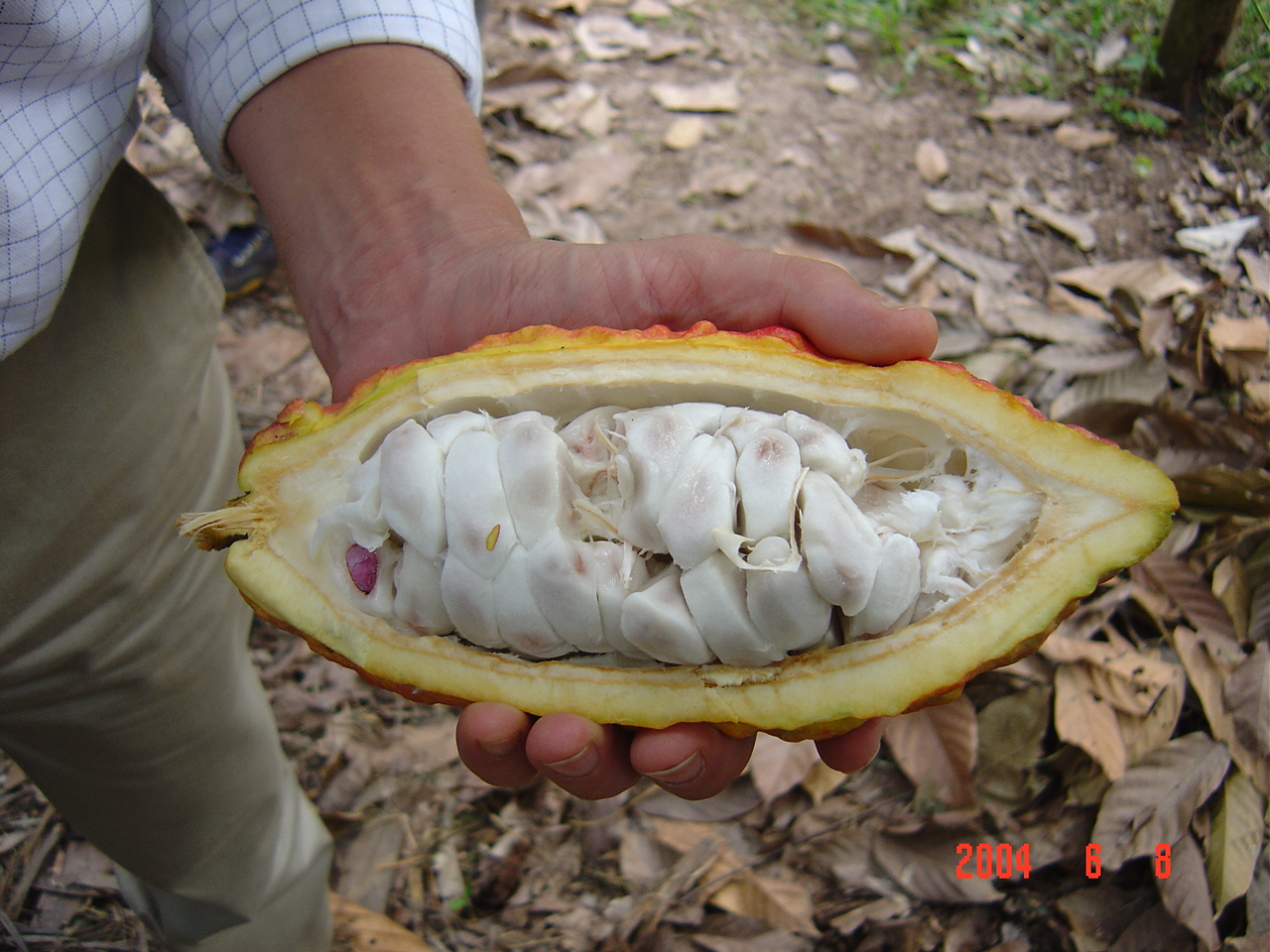
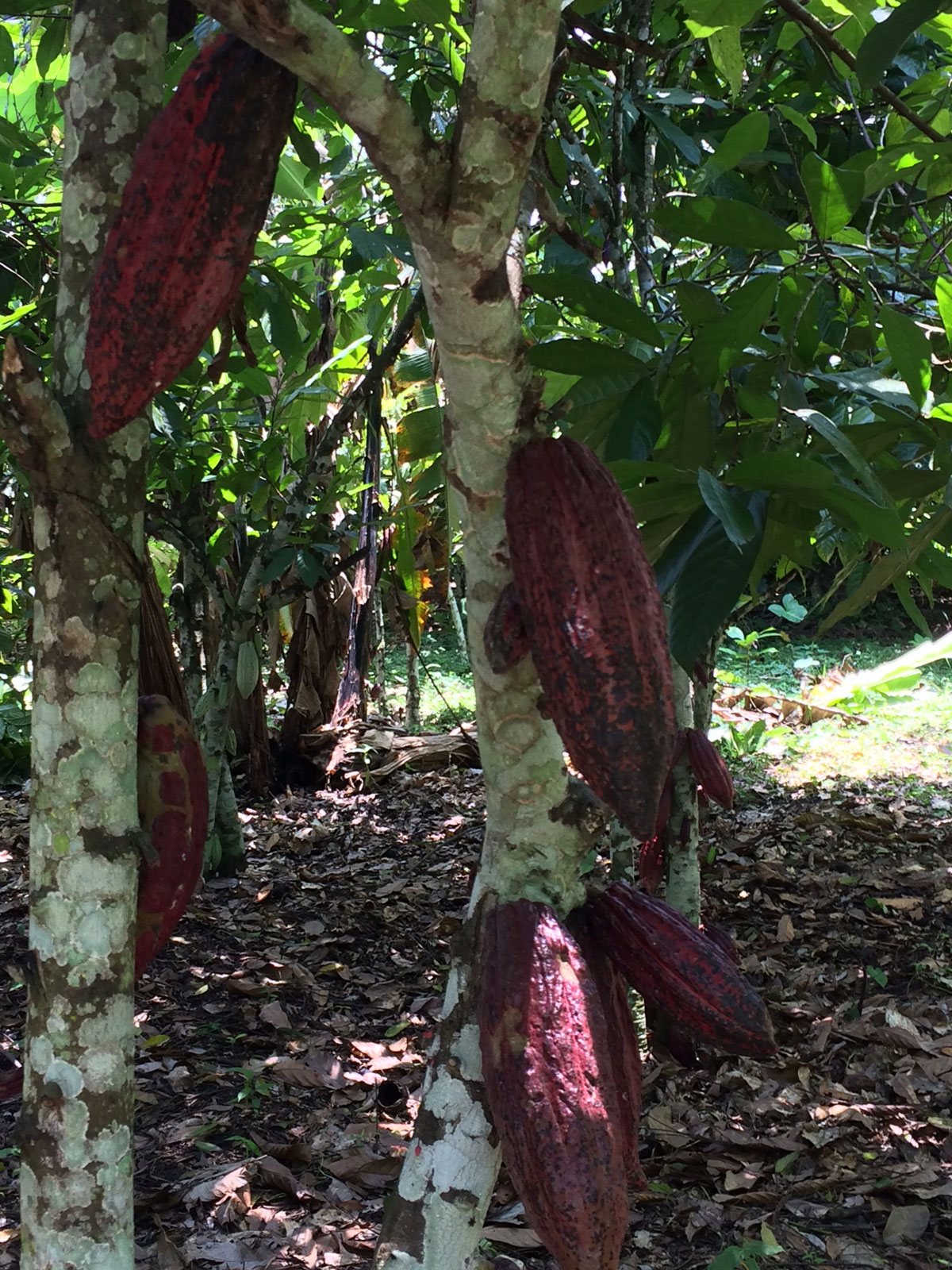
Working conditions on the plantations
The quality of the cocoa is visibly improving due to the good approach of the farmers when it comes to fermenting and drying the cocoa. Something than is certainly not obvious!
Furthermore, we have a reasonably good picture of the conditions on cocoa plantations in Congo, but we would like to map this even better. To be sure that things are fair throughout the chain, that farmers earn a "Living Income", but also to be able to contribute to sustainable production and to further improve quality. Therefore, we have discussed with Esco-Kivu how we can do this and we will raise funds next year to realize this.
In the end, we all strive for a chocolate sector that makes everyone happy including the farmers. To be continued!
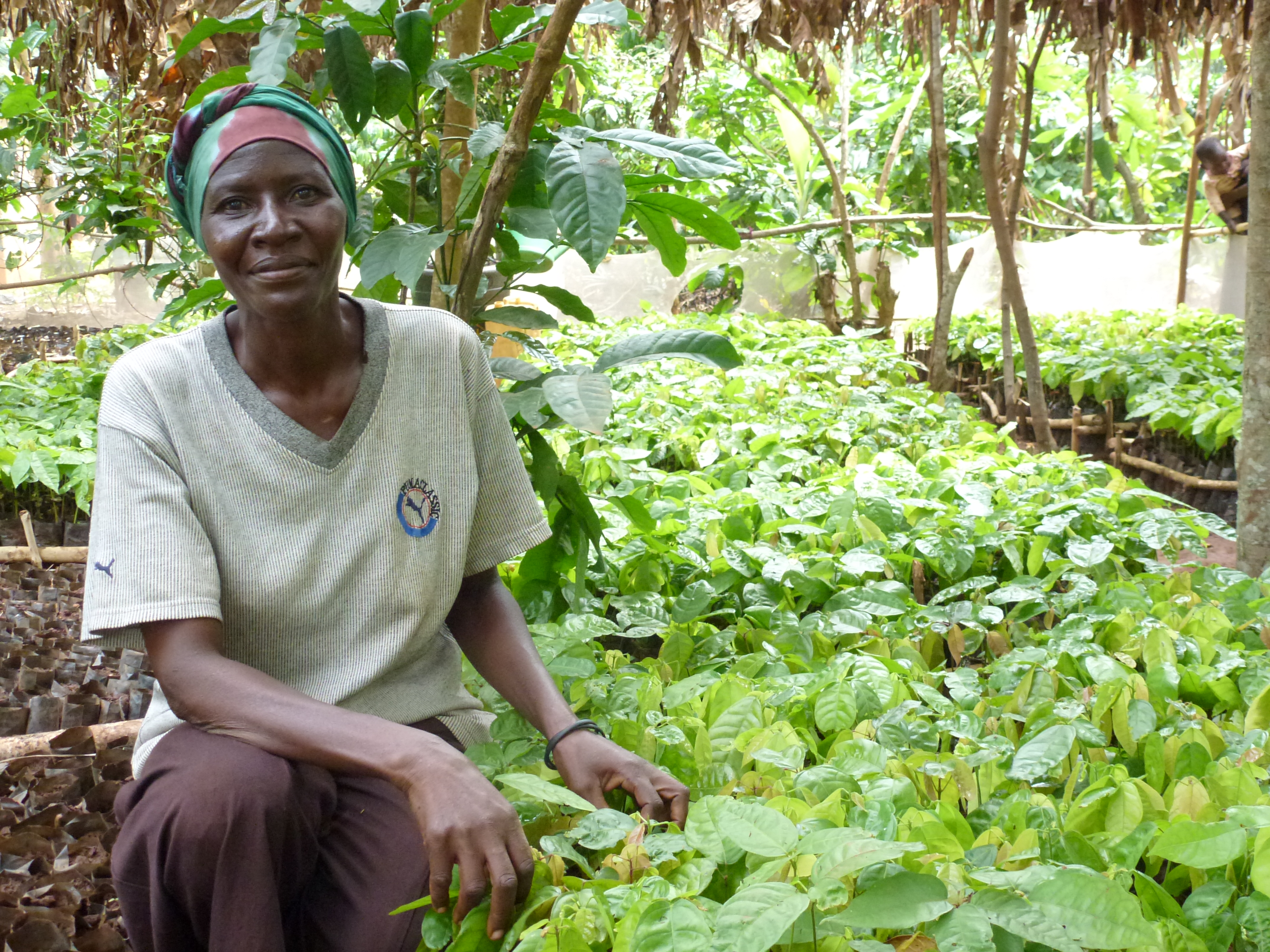
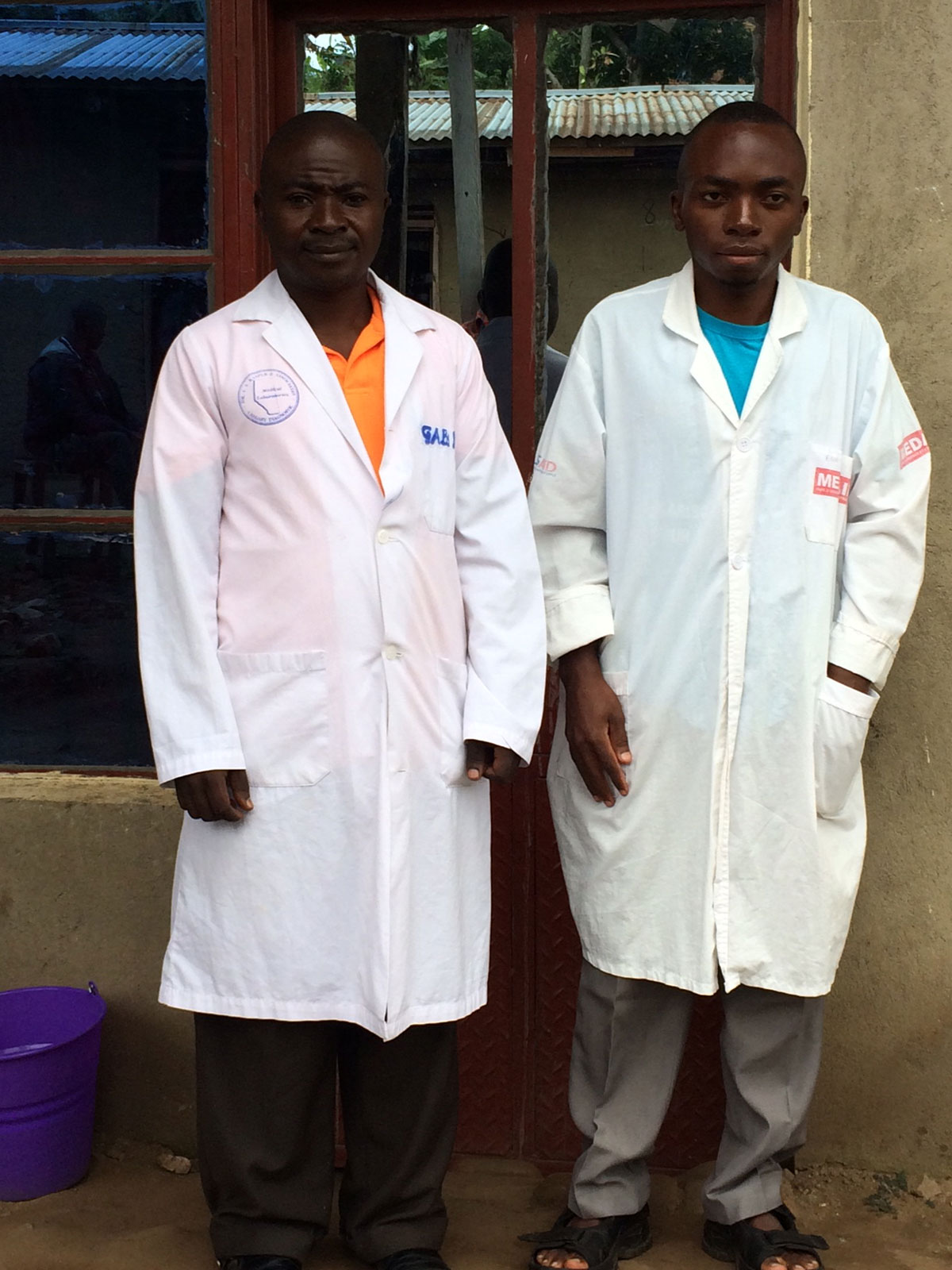
They have been flying around the world for a while in a KLM blue jacket(#gorillasflyhigh), but as of now they are also available straight from our factory: mini Gorilla bars!
A sturdy, organic mini bar made of real chocolate. Just like its big brother, available in milk 37% & dark 68%. And the wrapper of these bars can go on the compost heap! The environment likes it too.
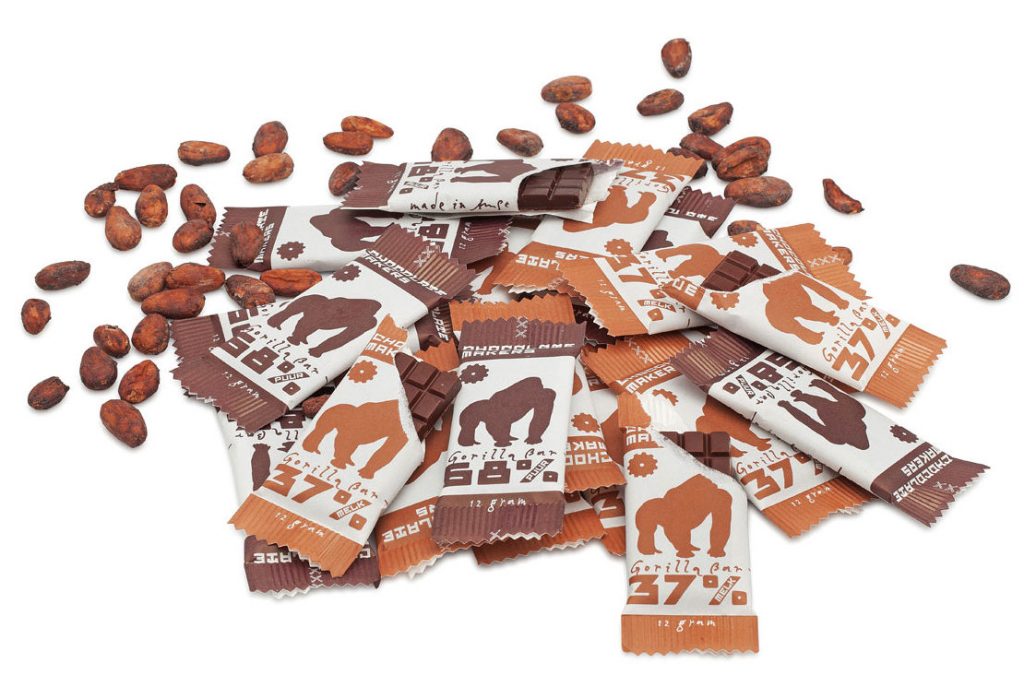 Special packaging
Special packaging
The packaging is made of fully vegetable material (just like the inner wrappers of our big bars). In collaboration with Bio4Packmade of cellulose paper and foil and printed with bio ink. After 6 months, the wrapper has completely degraded, just so you know. No waste!
With coffee
The mini gorillas do very well when serving a cup of good coffee or tea, but also during a business meeting or a good conversation at the coffee machine. Everywhere really. And, of course, also nice to give away as an extra.
Small note: they are only available for business customers for now, so not yet at home for the kitchen table....
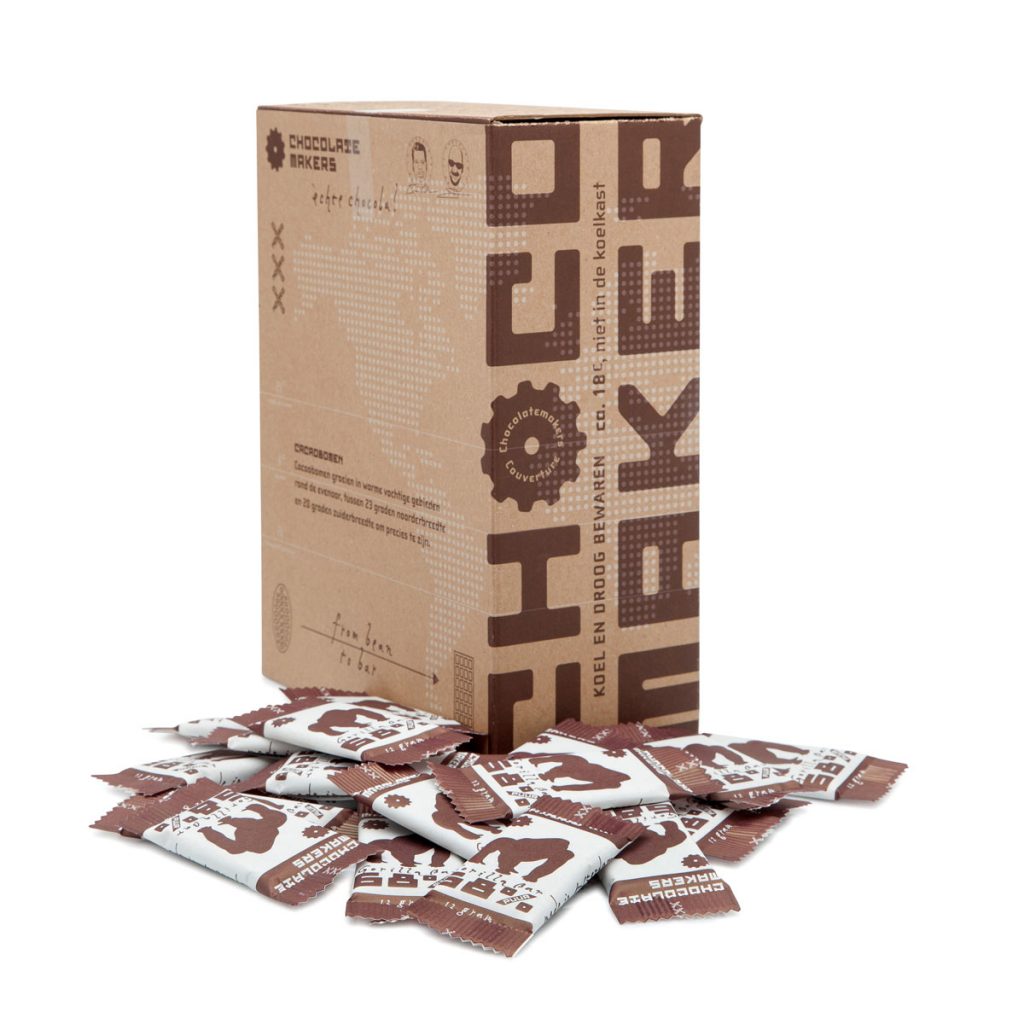
About the Gorilla bar
Our 'Gorilla bars' are made from Forastero cocoa from the Virunga National park in Congo.
Why the "Gorilla bar? Because the world's last mountain gorillas live in Virunga National Park. Their habitat is being encroached upon by humans. To combat this, cocoa has been planted on the edge of the park. This organic cocoa provides the inhabitants with income so that they do not threaten the gorillas' habitat through logging and poaching. By eating this chocolate, you protect the mountain gorillas and offer the people a better future!
Details
The bars are packed in a box of 100. You can order via our webshop for professionals (login to your account or just create an account).
Enjoy your meal!


Thanks to your contributions, through our 'Emergency fund for Peruan amazing amount of over 30,000 euros! Thank you for your support. Through our '100% for Peru' bar, direct donations and other actions you have organised, we can transfer this beautiful amount to the cooperative for the reconstruction of the Piura region. NorAndino for the reconstruction of the Piura region.
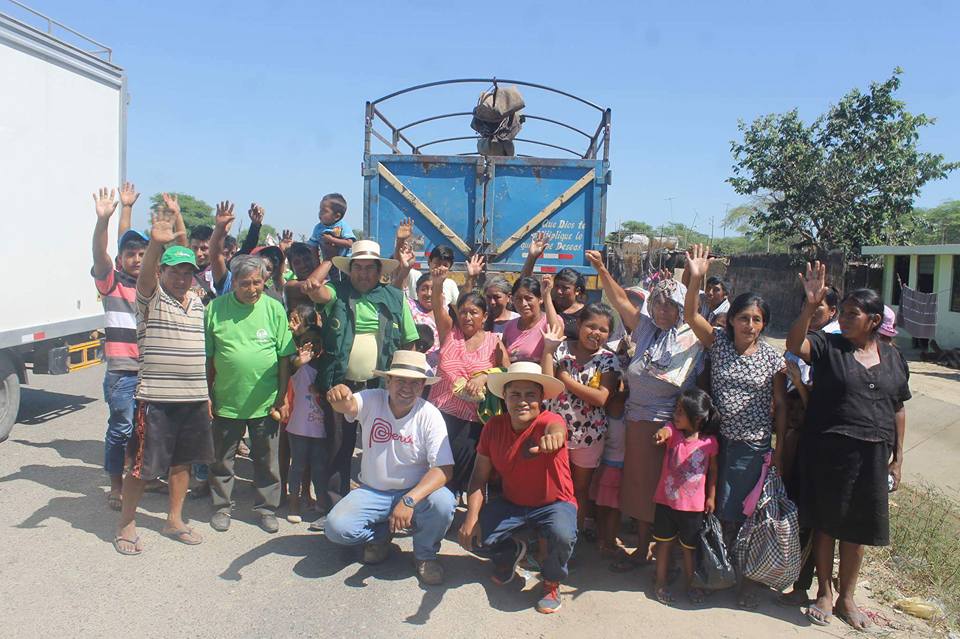
I missed it, what happened?
At the end of March, we sounded the alarm for Peru. Because while we were introducing our new Awajún 52% milk bar with cocoa from Peru, the country was hit by the worst storm in 20 years. The farmers' cooperative NorAndino, with which we have worked for years, was also badly affected. Persistent heavy flooding destroyed houses and plantations throughout the Piura region.
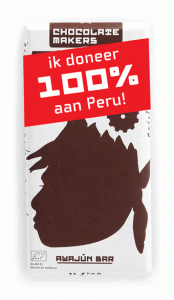 Emergency fund for Peru
Emergency fund for Peru
Fortunately, the local authorities provide the first emergency aid (water, food and emergency shelter). Together with NorAndino Therefore, we are looking ahead and focusing on reconstruction. With the Chocolatemakers Emergency Fund, we have been raising money to restore the cocoa plantations and to give affected families a contribution to repair damaged homes and replace lost items.
1 Cocoa tree costs 1
In addition to your contributions, from the end of March until May we donated 1 euro to the emergency fund for every bar sold.
Current situation
The NorAndino cooperative has provided a total of $200,000 in emergency aid, of which we have contributed €30,000.
45000 families have been affected by the storm. Many people were then also felled by a dengue outbreak. Fortunately, this is now under control again and reconstruction is in full swing.
Recently, food, mosquito repellents, clothing, toiletries, cement and other building materials have been delivered. At the moment, work is being done to restore the plantation soils. The next step is to build irrigation systems, fermentation and drying centres.
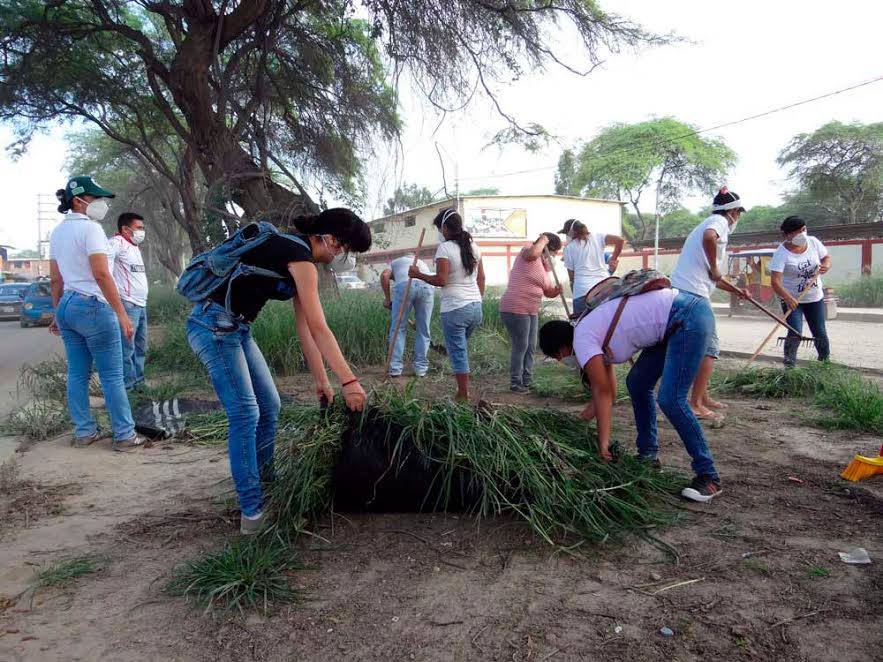
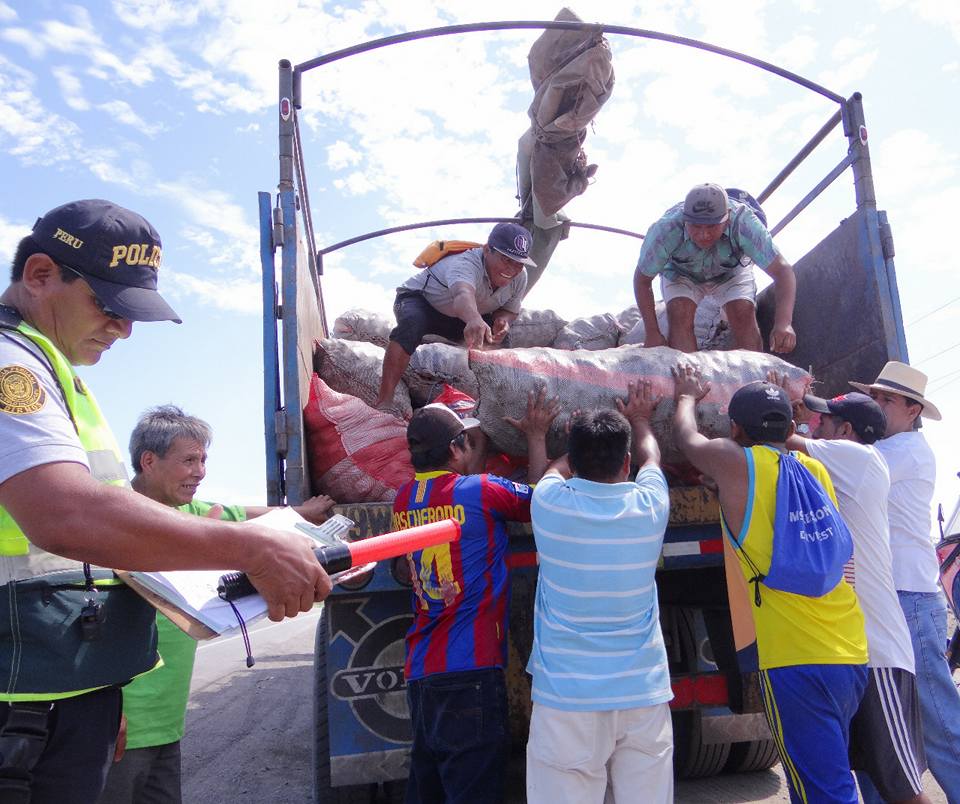
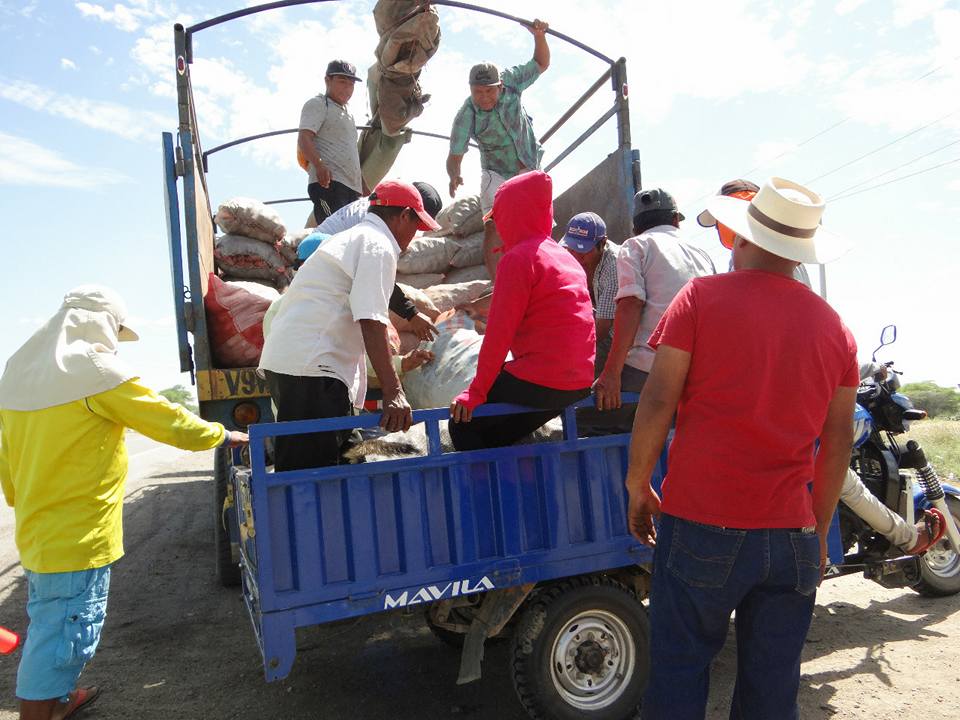
We are looking forward again, but the people in Peru will carry the consequences of this enormous disaster with them for a long time to come. Fortunately, thanks to you, we were able to make a nice contribution to help them a little.
We will keep you informed!
Amsterdam has gained a green restaurant: Restaurant MOER (part of Conscious Hotels) on the Overtoom in Amsterdam. At MOER they cook exclusively with pure, organic products. Staying with the basics is important. And of course we completely agree with that!
Dirk Mooren (Head Chef) and Dylan Vos (Pastry Chef) proudly show and taste what they do with Chocolatemakers chocolate.
CHOCOLATE SHOULD BE A SURPRISE
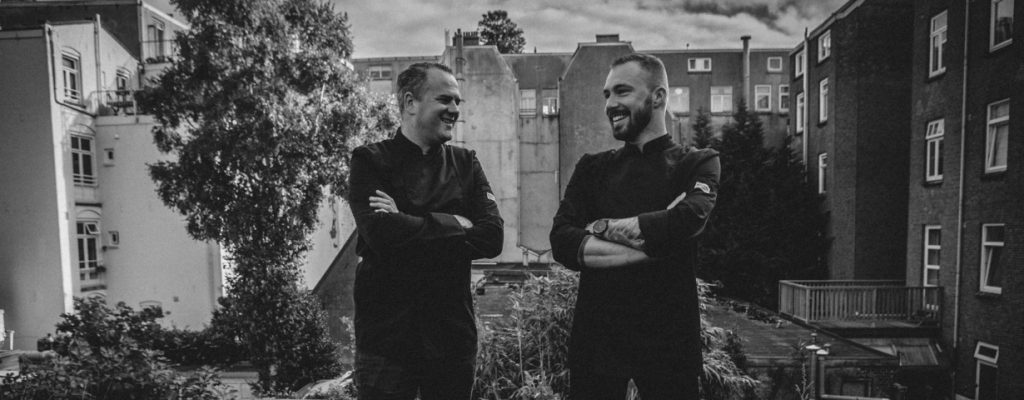
Since its opening on 14 February, restaurant MOER has already renewed its menu 8 times. We want to renew, be innovative, says Pastry Chef Dylan. Also with our chocolate dishes.
Organic and accessible
At MOER, we use only organic products. Staying with the basics is important. Sometimes this requires patience. Because these products grow naturally, it takes a little longer before we can order them unlike products that are grown on a large scale. Fortunately, we also have our own garden where we grow as many herbs and vegetables as possible ourselves.
Restaurant MOER certainly does not want to be a niche restaurant. We want to be accessible, everyone should be able to walk in, but we do not compromise on taste. Taste is the most important thing. And yes, organic products just taste better.
Chocolatemakers in 3 words: tough, Amsterdam, accessible'.
Chocolates with a rich taste
The reason they love working with Chocolatemakers chocolate at MOER is because it uses cocoa varieties that give a beautiful, rich flavor. The pastry chef pays particular attention to the smell of the chocolate and how it melts in the hand. To Chocolatemakers chocolate, he did not have to get used to it for long: "it melts very well. As a result, you can temper easily and you get a chocolate with a beautiful shine. With these properties, the chocolate is a perfect base for the dishes, the pastry chef then takes care of further flavor refinement.
Time to taste
Enough talk. We are going to taste 3 dishes centered around Chocolatemakers chocolate. We can't wait!
Instance 1
Mousse of roasted white chocolate from the Dominican Republic, yogurt, meringue, structures of champagne rhubarb and ice cream of lemon thyme
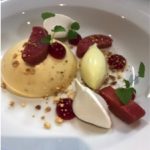
You can taste that the white chocolate was used in two ways, in a mousse and fudge. Dylan points out that the white chocolate is toasted in the oven for a bit more, then turned into a nice fudge. This gives it a totally different flavor. The slight acidity of the rhubarb and the yogurt give the dish a fresh sour kick. Our verdict: Delicious combination!
Court of First Instance 2
Mousse ring from Peruvian Chulucanas 75%, chocolate sponge cake, peanut caramel sauce, peanut butter tatin, vanilla foam, meringue and peanut ice cream
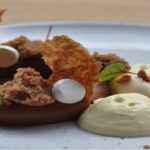 This dish is reminiscent of a modern version of, ahem ... Snickers. Because of the different textures and flavors, all sorts of things happen in your mouth. The 75% dark chocolate gives a rich flavor explosion, with a little red fruit "acidity" at the end. Beats the Snickers 😉
This dish is reminiscent of a modern version of, ahem ... Snickers. Because of the different textures and flavors, all sorts of things happen in your mouth. The 75% dark chocolate gives a rich flavor explosion, with a little red fruit "acidity" at the end. Beats the Snickers 😉
Court 3
Bonbon of our Awajun 80% with a filling of a ganache of Peruvian Chulucanas and piment d'espelette (which is a pepper from espelette in the French Basque Country)
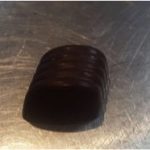 The outer layer of the bonbon is very subtle and the chocolate shines beautifully. You immediately feel like sinking your teeth into it! Through the thin layer of chocolate, you soon get to the rich filling, after which a small tingling sensation is left on your tongue due to the peppercorn it contains. We will enjoy that for a while.
The outer layer of the bonbon is very subtle and the chocolate shines beautifully. You immediately feel like sinking your teeth into it! Through the thin layer of chocolate, you soon get to the rich filling, after which a small tingling sensation is left on your tongue due to the peppercorn it contains. We will enjoy that for a while.
We talk a little more about chocolate, but it's time to leave because the first guests are arriving. We are happy with the cooperation with Restaurant MOER and wish Dylan, Dirk, Cas and the whole team the best of luck on their way to the top!
 As you may have already seen, Chocolatemakers has had a real Essay package. This beautiful package was created by Juf Suze de Wit together with student Amber van Rossum (11 years old at the time). Meanwhile, several speaking engagements have already been held by students! But how did this it actually started and what is it like to make such a package? We talked about this last week with Suze and Amber at the factory.
As you may have already seen, Chocolatemakers has had a real Essay package. This beautiful package was created by Juf Suze de Wit together with student Amber van Rossum (11 years old at the time). Meanwhile, several speaking engagements have already been held by students! But how did this it actually started and what is it like to make such a package? We talked about this last week with Suze and Amber at the factory.
How it all began
In the spring of 2015, Suze visited Chocolatemakers' factory in Amsterdam North with group 6 of De Kleine Reus elementary school. "It was a treat to be shown around all the steps in the production process in the delicious smells of chocolate.We wereable to follow all the steps: from bean to bar".
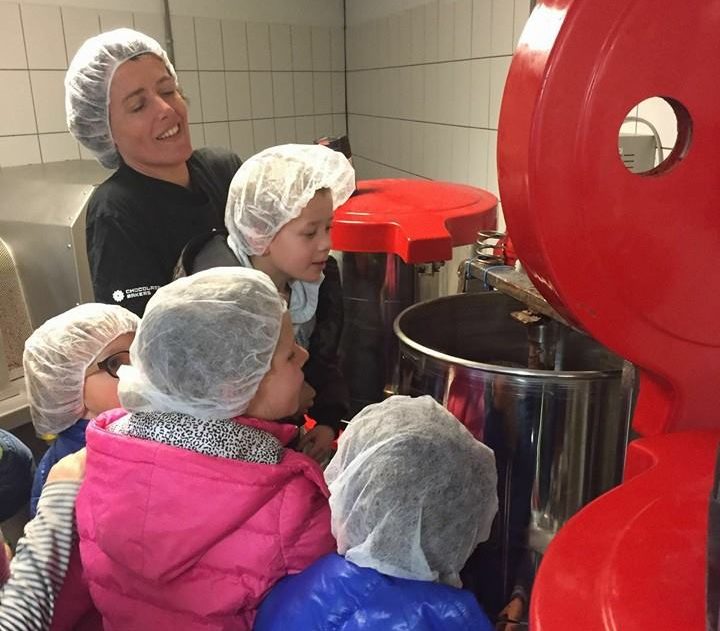
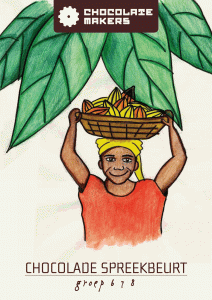 A special package
A special package
Back at school, the idea arose from the children to create a book about Chocolatemakers. After a few weeks there was a beautiful book in which all the steps of chocolate making were described and illustrated in detail. This book was presented as a gift to Enver Loke (co-founder of Chocolatemakers) who was very touched. And this made it clear to Suze and Enver: we want to do more with education.
The first step: creating a speaking package. And not just any information package, but a special package made by a teacher together with a student! Below, Suze and Amber explain how it was done.
Striking illustrations
Suze: Amber's illustrations in the book immediately caught the eye of both Enver and me: sharp lines, sleek yet playful and above all, strikingly individual. So it didn't take us long to decide that we wanted to ask her for the illustrations.
Amber: I really liked the idea of making the drawings, but I had to discuss it with my parents first.
Suze: Fortunately, it was allowed. After considerable negotiations with Amber about the number of chocolate bars she would receive as compensation, she set to work. The most beautiful drawings were put on the table.
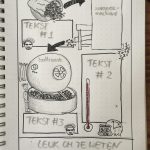
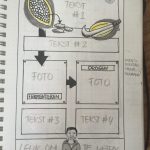

Amber: Suze gave me a list of things to draw. Some drawings I tried 5 times before I thought they were good enough.
Suze: I didn't even know that! I have always only seen the impressive end result.
Amber: What I liked best was picking up things from the factory and drawing them. In the end, I think the drawing of the cocoa tree and the sailing boat turned out best.
The cooperation between teacher and pupil
Suze: I found it very nice and special to do, but sometimes it was also difficult. I doubted whether I asked too much of Amber. Then I needed a drawing and I had to bother her again. Fortunately, her parents approved of her doing this. Together, we achieved such a beautiful result. I am very proud of Amber.
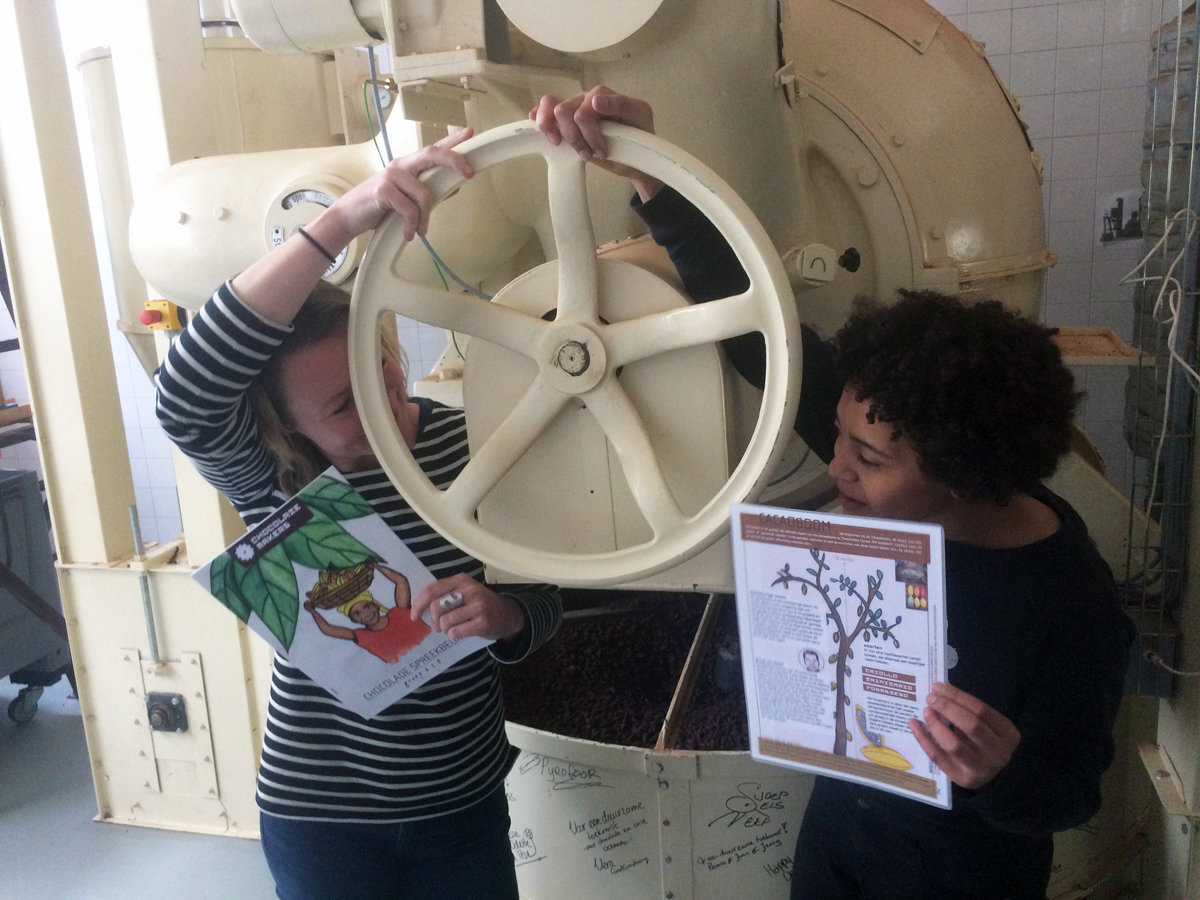
Amber: It was a lot of drawings, there were also classmates who wanted to help me.
Suze: At one point, I didn't dare ask Amber for more drawings, so I made a few myself, like the front. I had to work in Amber's style... I think her drawings turned out better than mine.
Amber: In the end it was quite a lot. Especially a lot of chocolate 🙂
Suze: Together with Joep van der Made, the graphic designer of Chocolatemakers, Amber's drawings have been processed into one whole. This made it a really cool presentation package. You can keep looking at it, there is always something new to discover.
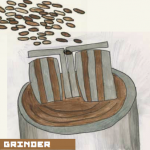
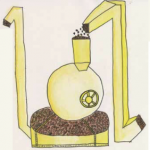
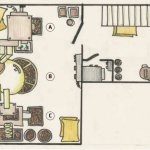
In the future
Amber: I really like drawing. My father is also a good drawer. But actually I want to become an interior designer.
Suze: Really? I would love it if you became an artist.
(Of course, we immediately asked Amber if she had any ideas for the factory...)
Amber: Yes! I would make a better seating area though.... And a different colour on the walls. The atmosphere a bit more industrial, with brown/grey and yellow lamps. Then it would be a bit more cosy.
Amber: I think the best thing is that everything is done with old machines and that you really do it all yourselves. But I do have one more idea for your chocolate: a little more milk in the bar, I find that tastes better.
Would you also like to give a talk about chocolate making and how Chocolatemakers do it? Then take a look here to download it for FREE. Or here To order it in a package. Then, in addition to a printed handbook, you will be sent cocoa beans, nibs, a hairnet and chocolate.
Will you let us know how your speaking engagement went? (like LouLou from Little Giant Elementary School below). For example, use #speechchocolatemakers or #speechchocolate on social media. We like that!
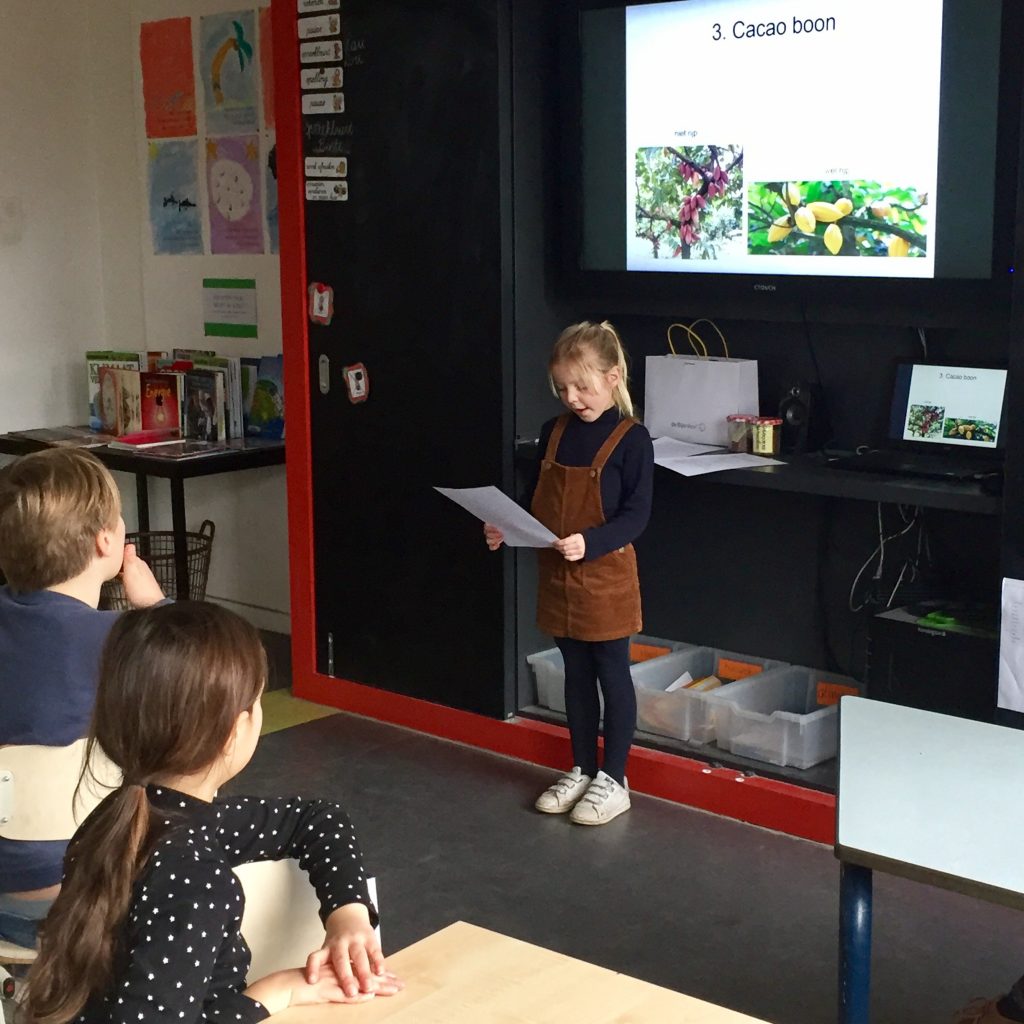
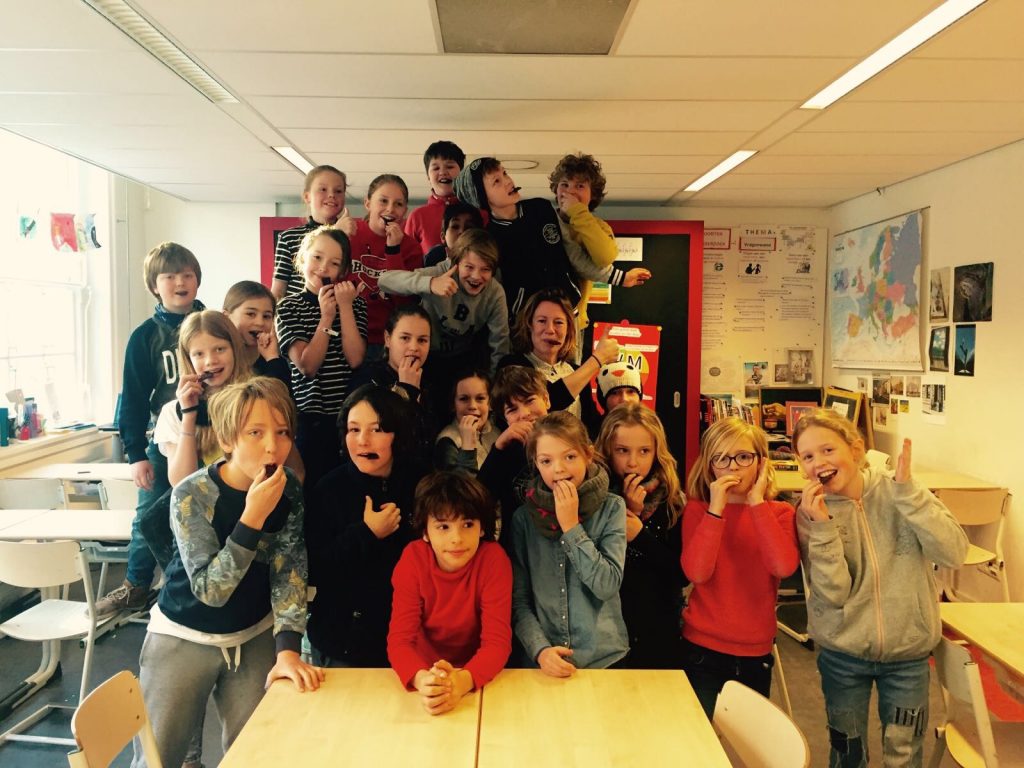
Group 8 of teacher Suze has given feedback on the presentation package (in exchange for chocolate of course). Thank you very much!
Time for our third Chef Special already, and the first 'Tasting'! Last month, several professionals visited our factory for a tour and extensive tasting. One of them was Martijn Seekles, a.k.a. Chocriti. Chocolate lover, blogger and critic. Together with chocolatier friend Robert Winters of Pasamore he sat down and wrote this review about it.
GUIDED TOUR & TASTING @CHOCOLATEMAKERS AMSTERDAM
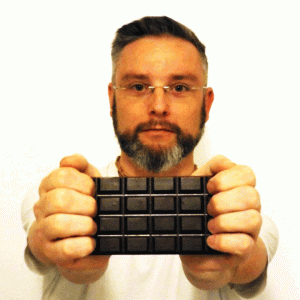 The bars from the Chocolatemakers (Gorilla bar, Tres Hombres ENG Awajun) have become well known to many chocolate lovers in the Netherlands over the past five years. But Rodney and Enver want to go further. They are also targeting businesses such as pastry chefs and restaurants. For that reason, they recently started tours and tastings for professionals, where they want to introduce chefs, pastry chefs and other chocolate professionals to their products. And also appreciate their feedback.
The bars from the Chocolatemakers (Gorilla bar, Tres Hombres ENG Awajun) have become well known to many chocolate lovers in the Netherlands over the past five years. But Rodney and Enver want to go further. They are also targeting businesses such as pastry chefs and restaurants. For that reason, they recently started tours and tastings for professionals, where they want to introduce chefs, pastry chefs and other chocolate professionals to their products. And also appreciate their feedback.
Not just any bar
Enver Loke and Marika van Santvoort talked about how they make chocolate and what the difference is between their chocolate and that of large industrial producers. You can also hear how the Chocolatemakers work together with the companies where they buy the cocoa. cooperatives You will also hear how the Chocolatemakers work together with the companies where they buy the cocoa, why they pay a (much) higher price for their cocoa than the world market price and why this is so important. Not only for the cocoa farmers' communities, but also for the survival of high-quality cocoa and special cocoa varieties.
Besides bars, the Chocolatemakers also make couverture chocolate; chocolate with an increased percentage of cocoa butter, which can be used for further processing in, for example, chocolates, desserts, cakes or ice cream.
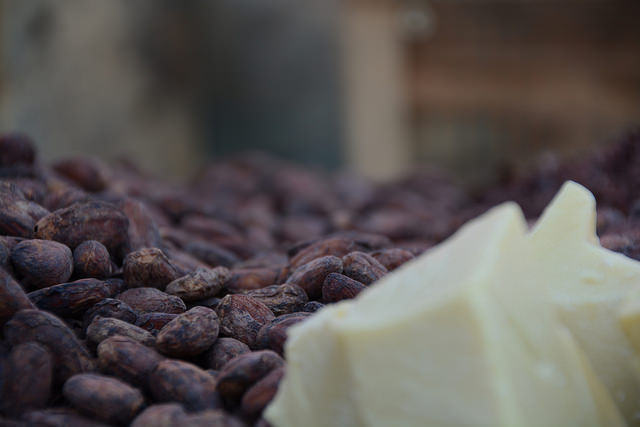
From prototype to high tech
What I found great was a look inside the factory. There is a nice mixture of old and new machines. Think of the ballroast machine from 1930, which was partly financed by crowdfunding. But also a prototype winnowing machine that separates the husks from the cocoa beans and high-tech equipment developed by Rodney and Enver themselves in collaboration with an Amsterdam machine factory.
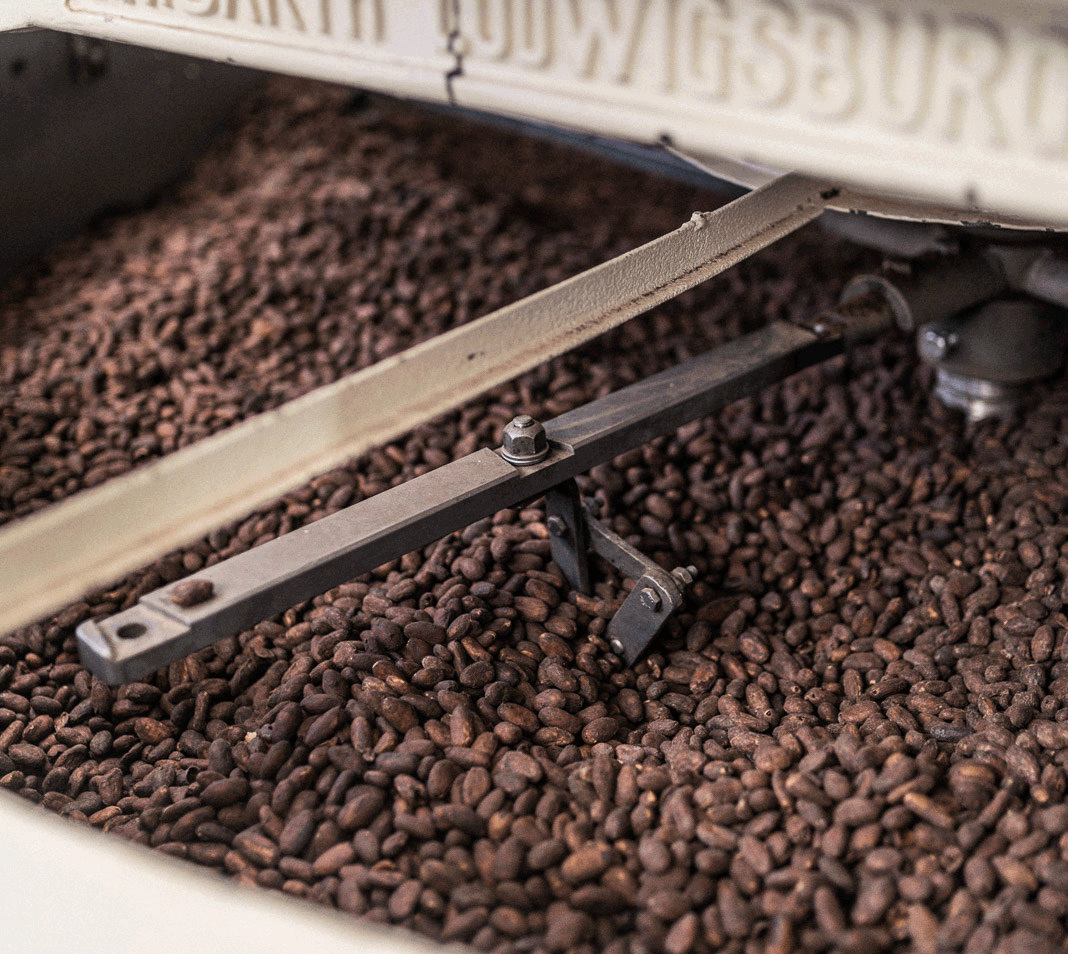
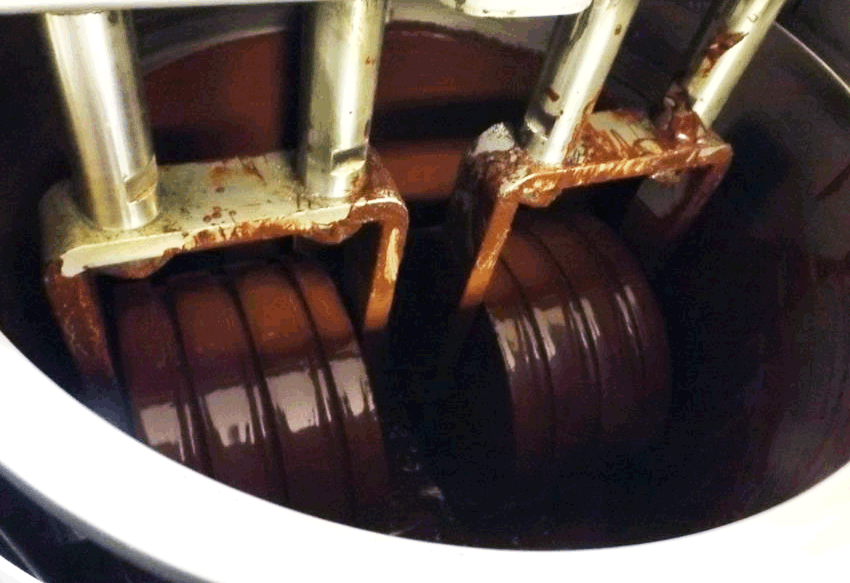
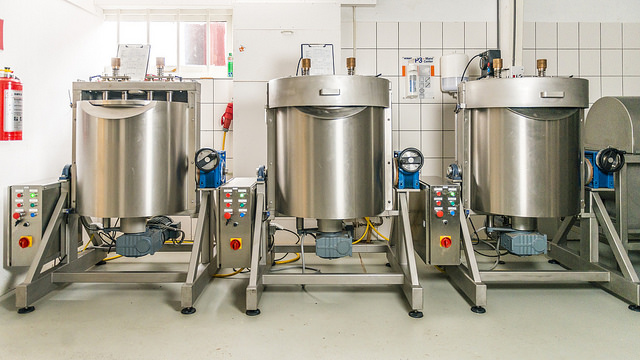
It is very interesting to see how they can produce so much good chocolate on a relatively small area. The current production is about 25 tons of chocolate per year, but with the current line a capacity of about 75 tons is possible. Next year, the company is planning to move to a new location with more space, after which it will be possible to grow to this higher capacity.
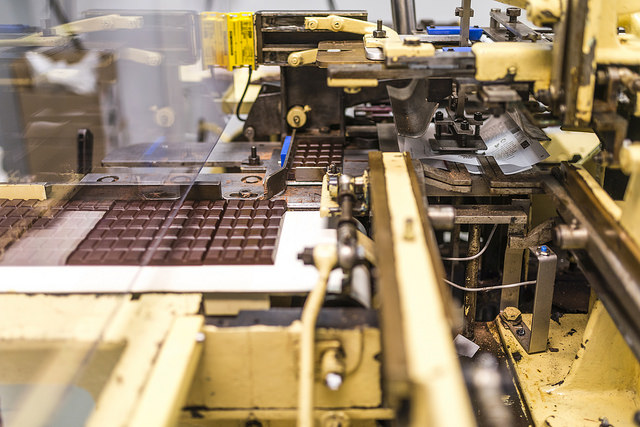
Dare to taste
After the tour, we came to perhaps the most important part of the afternoon: the tasting. We tasted about five couvertures. A white chocolate that I found above average, a milk chocolate and three dark chocolates. For me, the 75% Chulucanas couverture stood out. I tasted a clear tone of dried plums, but also berries. Really very good! Chulacanas is a chocolate from criollo cacao from Peru, but very different from for example the Awajun 80% couverture which comes from another area in Peru. The latter has mainly a deep chocolate taste and also a hint of berries, but less than the Chulucanas.
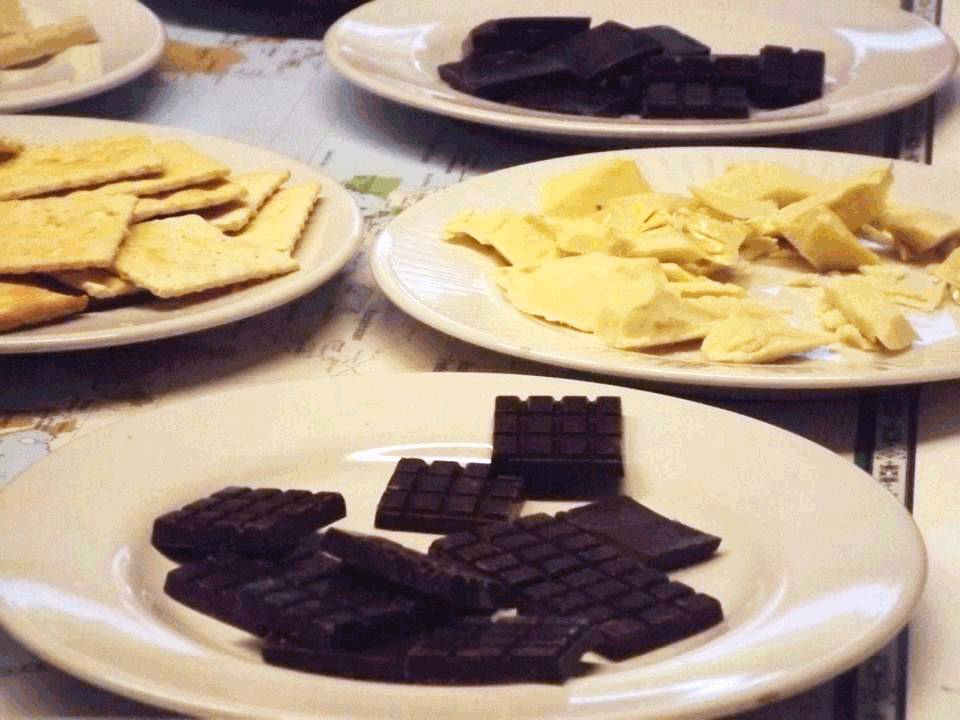
I could write a much longer story about this visit, there is plenty more interesting stuff to tell. But let me end with this: if you work with chocolate as a professional and you are interested in high quality (organic) chocolate with a clear origin, an interesting and distinctive taste profile and a competitive price, please contact the Chocolatemakers at info@chocolatemakers.nl and join the next tour and tasting!
Want to read more from or about Martijn? Check out his Facebook blog
The world is in a chocolate crisis. The fertile land on which cocoa grows is becoming poorer and poorer. The raw materials and nutrients that are extracted from the soil in the producing countries are eaten up in the West and do not go back to where they came from. With the help of the Dutch Water Boards and the Tres Hombres, we are going to do something about this!
The plan sounds simple, but it is unique in the world: to bring struvite (phosphate), which is extracted from Dutch wastewater by the Water Boards, back to the cacao plantations in the Dominican Republic to be used again as a nutrient-rich raw material. Last weekend, the Tres Hombres left with the first load of struvite.
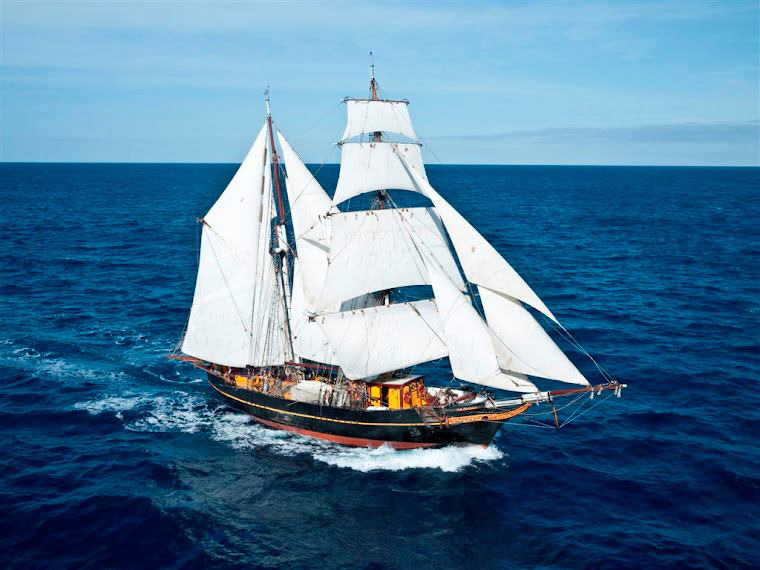 This project ensures that the welfare of the Dominican cocoa farmer and the conservation of nature are the focus of attention. This year, the unique pilot project will be implemented and monitored with local partners.
This project ensures that the welfare of the Dominican cocoa farmer and the conservation of nature are the focus of attention. This year, the unique pilot project will be implemented and monitored with local partners.
Struvite?
Struvite is one of the valuable raw materials that water boards recover from wastewater. This mineral is mixed with local organic matter and compost in the Dominican Republic to form a sustainable raw material for cocoa trees. The Tres Hombres recently unloaded the new crop of organic cocoa for Chocolatemakers upon its arrival in the Netherlands. Uniquely, the world's first sailing cargo ship is now sailing back with struvite; reducing a surplus of phosphate in the Netherlands and making up the shortfall in the Dominican Republic.
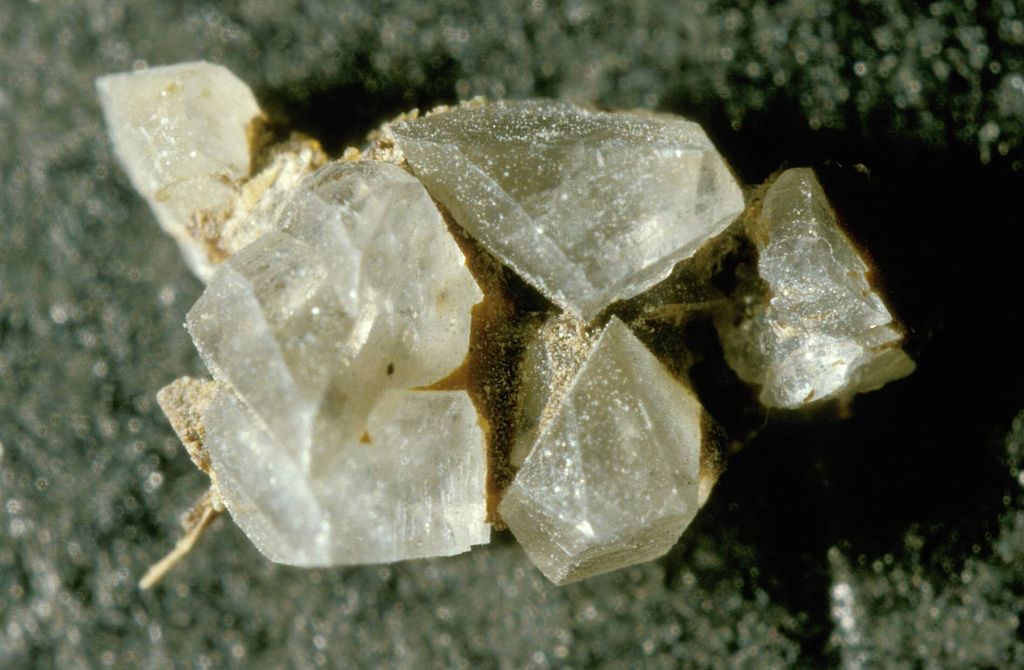
Waste as nutrient
"The soil on cocoa plantations is becoming increasingly poorer because nutrients are exported via the cocoa beans to the Netherlands, among other countries, and are not replenished. This disturbs the phosphate balance in the soil. If growing cocoa is to maintain a future, drastic solutions are needed," Rodney said.
The Energie -en Grondstoffenfabriek, a project organization of the Water Boards, is enthusiastically working on the project. The Dutch water boards recover large quantities of struvite from wastewater; this magnesium ammonium phosphate compound contains the increasingly rare phosphate that is an important raw material for crop growth. "Through this route, we want to draw attention to the marketability of raw materials from wastewater. It must become more attractive to recover even more raw materials from wastewater and be able to trade them. With this we can, for example, help prevent deforestation by improving the soil via struvite. We bring the phosphate to that place in the world where there is a need and it also has positive social impact."
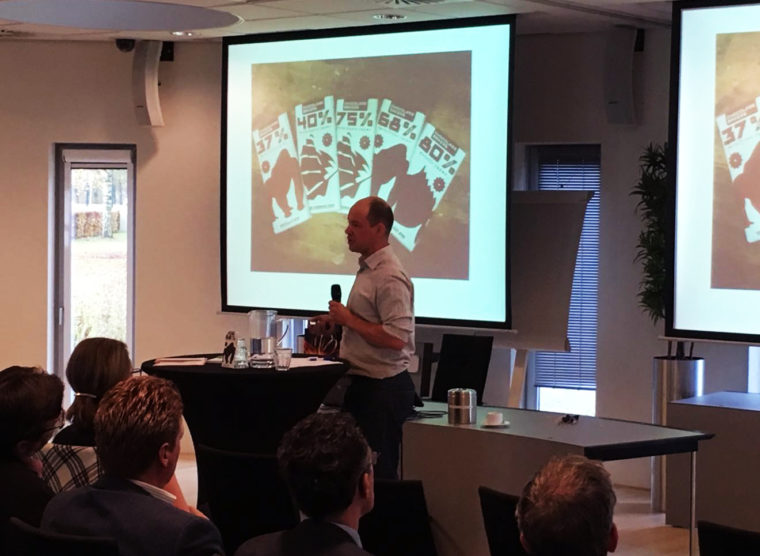
Cocoa sector in crisis
The soil degradation of cocoa plantations is partly due to the lack of knowledge of farmers about soil management, biodiversity and climate change, but mainly due to the one-way flow of nutrients. Soil degradation makes cocoa trees sick or dead, and results in deforestation for the growth of new cocoa plantations. Younger generations of farmers no longer want to become cocoa farmers. And we would like to see that change.
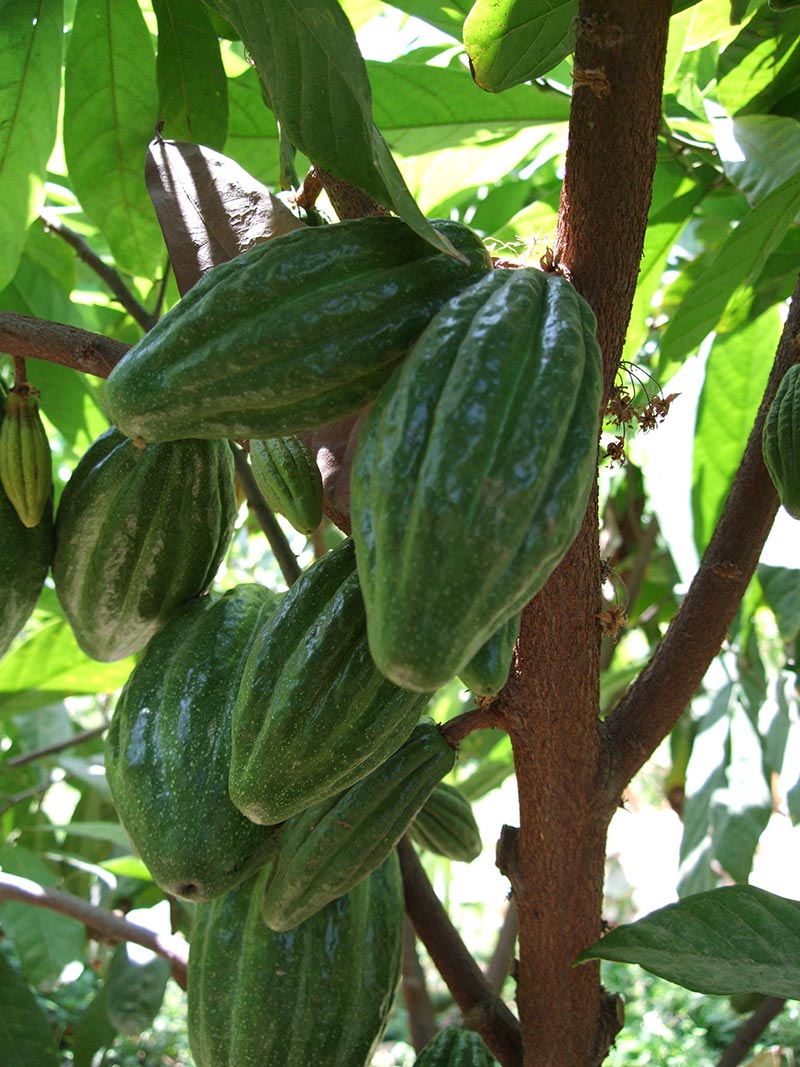
Time for the second Chef Special! Restaurant Vermeer in the heart of Amsterdam is the showpiece of chef Christopher Naylor. Since a few years he has been working with our chocolate. Well, he "certainly wants to say something about that, please have a seat" he says with amused eyes. And we did. (more...)
Especially for KLM World Business Class, we have created a mini version of our beautiful 'Gorilla bar'. Our little organic mini bar travels at high altitude in a unique packaging, designed in collaboration with the KLM design department. Of course the packaging meets our high standards; fully compostable and printed with organic ink.

Why KLM?
For us as the only real Amsterdam chocolate factory, the cooperation with KLM is a unique opportunity to show & taste our chocolate to a worldwide audience. "In the 5 years that we have been involved, we have managed to get KLM to hand out our sustainable quality chocolate on its flights. KLM is setting a good example with this and we hope more companies will follow", said Enver.
KLM takes a leading position within the airline industry when it comes to sustainable catering. Treating people and the earth responsibly also translates into its choice of food products. KLM has chosen Chocolatemakers to offer its passengers a sustainable and high-quality chocolate.

The special packaging
Together with Bio4Pack from Haaksbergen, we have developed a fully compostable packaging for this mini bar. The bar is wrapped in cellulose paper and foil. Patrick Gerritsen is proud of the result and the contribution the company makes to the quality of the chocolate: "The paper stops UV rays from causing the bar to turn white, and the foil prevents oxygen from reaching the chocolate, so the bar retains its flavour. And that, of course, is the most important thing.
Rodney is happy with the new packaging: "The production of the wrapper does not require any fossil fuel, the bar can simply be disposed of in the organic waste and after six months it is completely degraded. This is called organic recycling and it shows that sustainable chocolate packaging really is possible.
The story of the 'Gorilla Bar'
The last mountain gorillas live in Virunga National Park in eastern Congo. To combat human encroachment on their habitat, cocoa has been planted on the edge of the park. The organic cacao in this bar provides the inhabitants with extra income so that they do not threaten the gorillas' habitat by, for example, logging and poaching. So by eating this chocolate you protect the mountain gorillas and offer the people a better future.
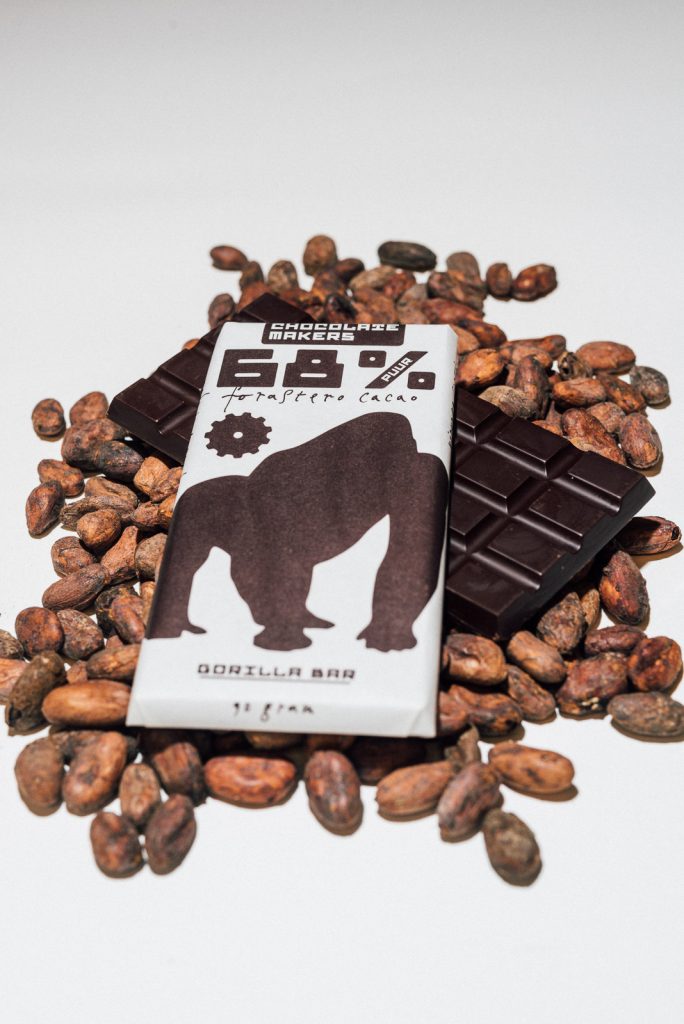
 Struvite is a mineral and is a by-product of water purification. It is a substance that is used very little, but can serve as a good fertiliser for cocoa trees.
Struvite is a mineral and is a by-product of water purification. It is a substance that is used very little, but can serve as a good fertiliser for cocoa trees.
That's why we partnered with the Energy and Resource Factory, an initiative of the Water Boards. The goal is to sail nutrients in the form of struvite back with the Tres Hombres, to the Dominican Republic. This will allow the farmers of Conacado to produce more and restore tropical soils!
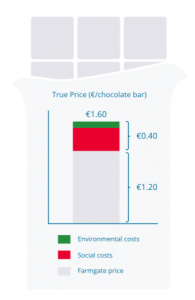 True Price did research on what the real price of cocoa from the Ivory Coast should be. An interesting insight into the pass-through of cocoa. You can read the entire final result of this research in the link below.
True Price did research on what the real price of cocoa from the Ivory Coast should be. An interesting insight into the pass-through of cocoa. You can read the entire final result of this research in the link below.
Click here: The True Price of Cocoa from Ivory Coast
YEAH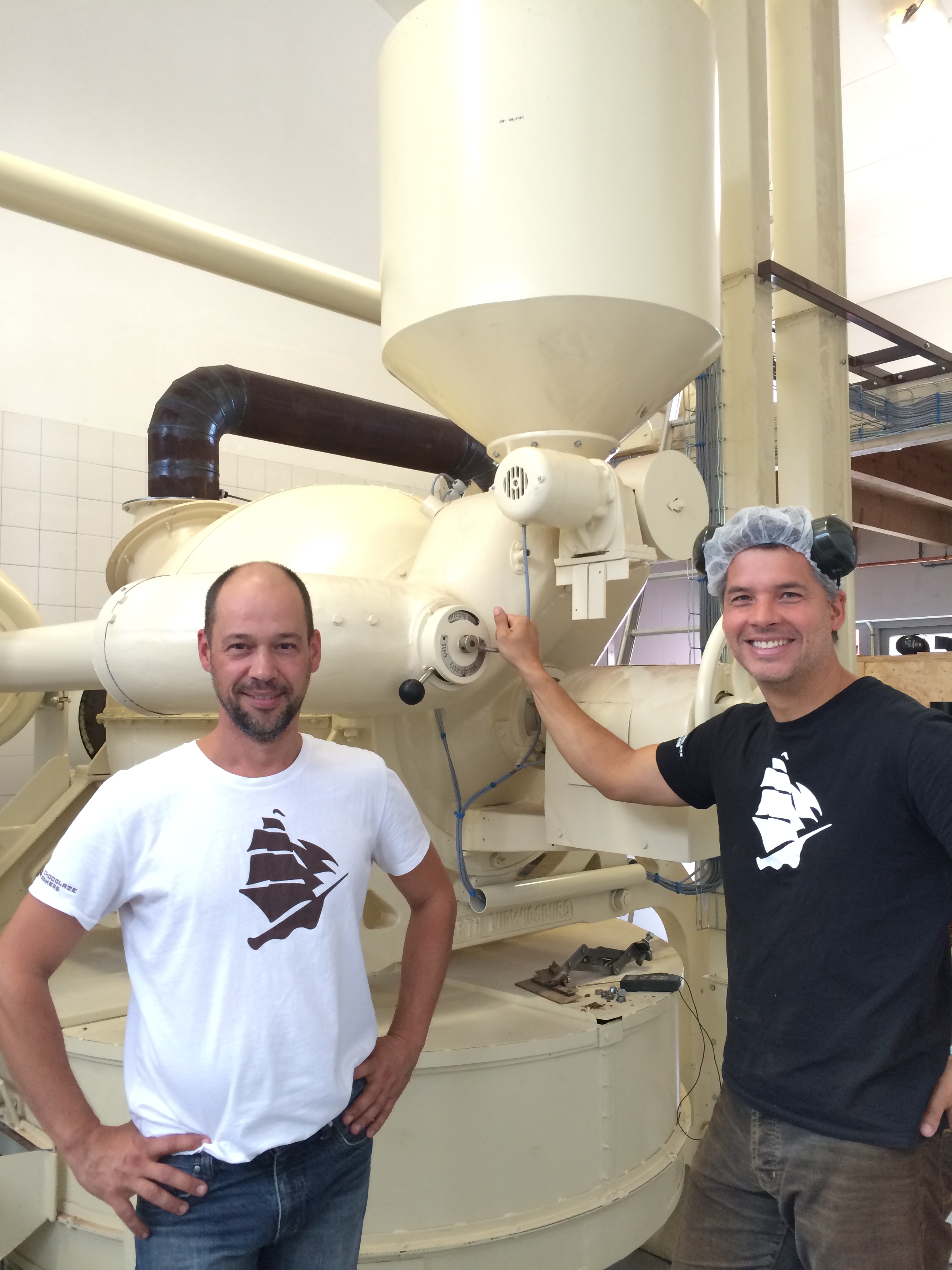 ! Such an exciting day today, but it works! Our burner (ballroast) from 1930. A fantastic machine! And so nice to get such an old machine running again. Made possible by our crowdfunders.
! Such an exciting day today, but it works! Our burner (ballroast) from 1930. A fantastic machine! And so nice to get such an old machine running again. Made possible by our crowdfunders.
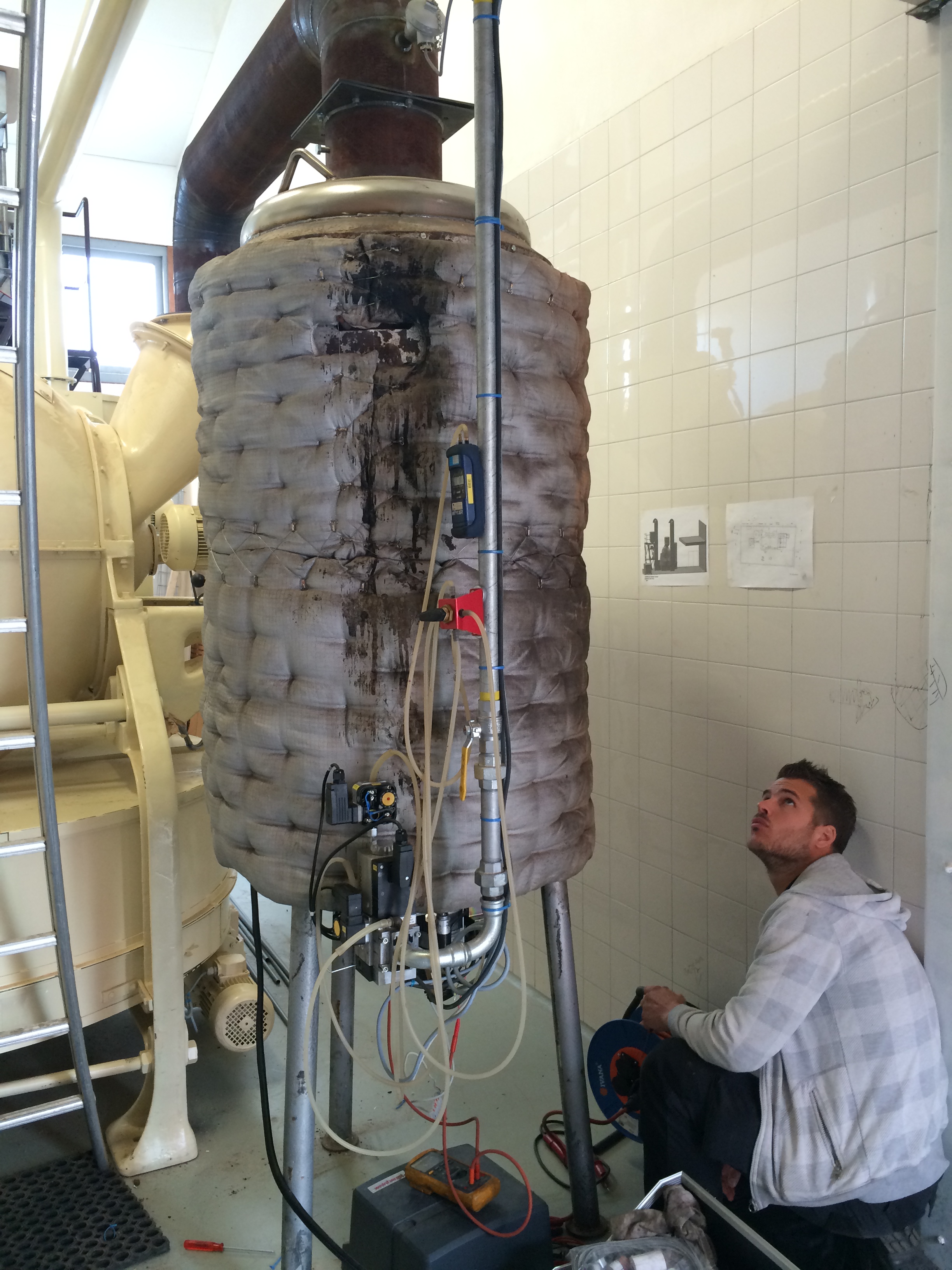
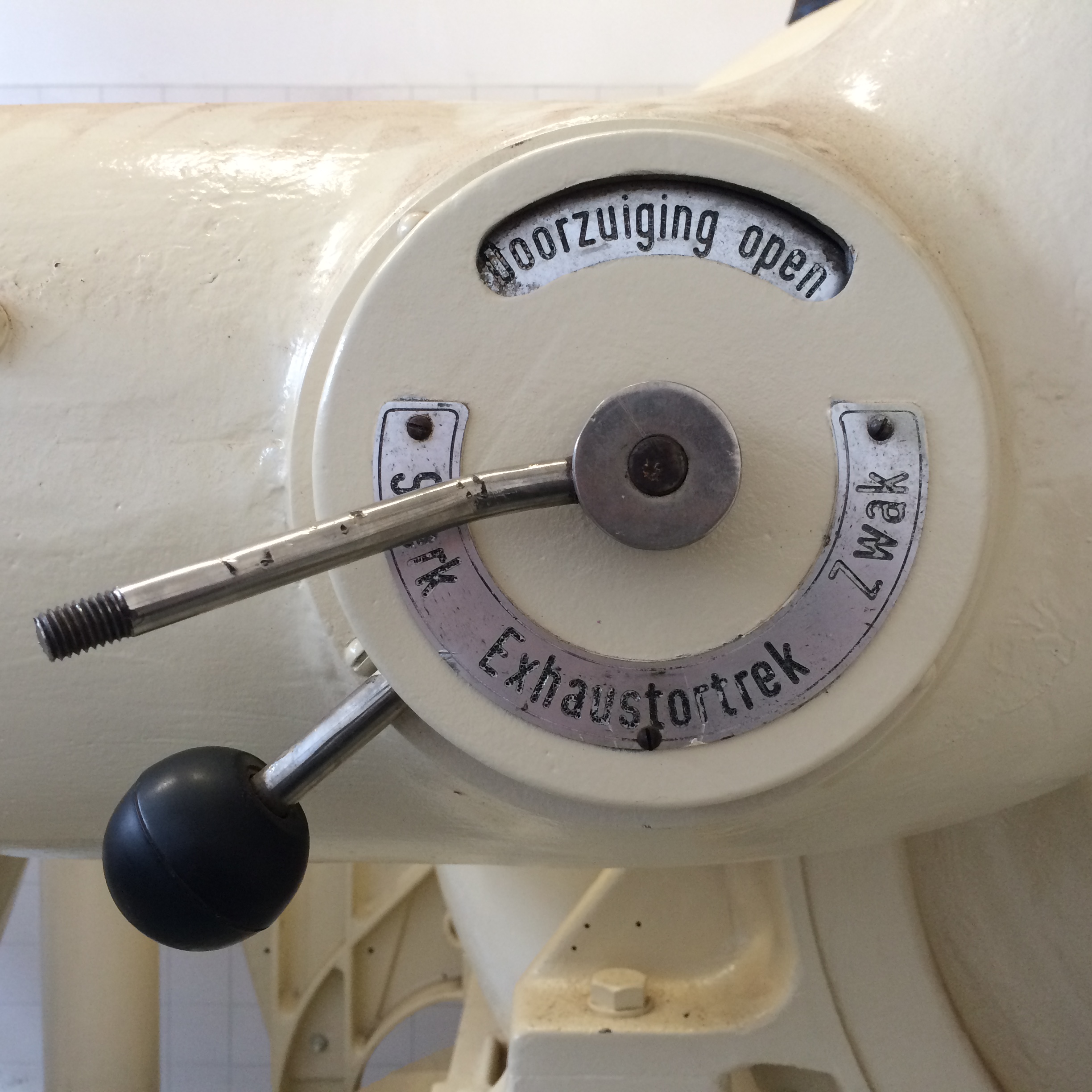
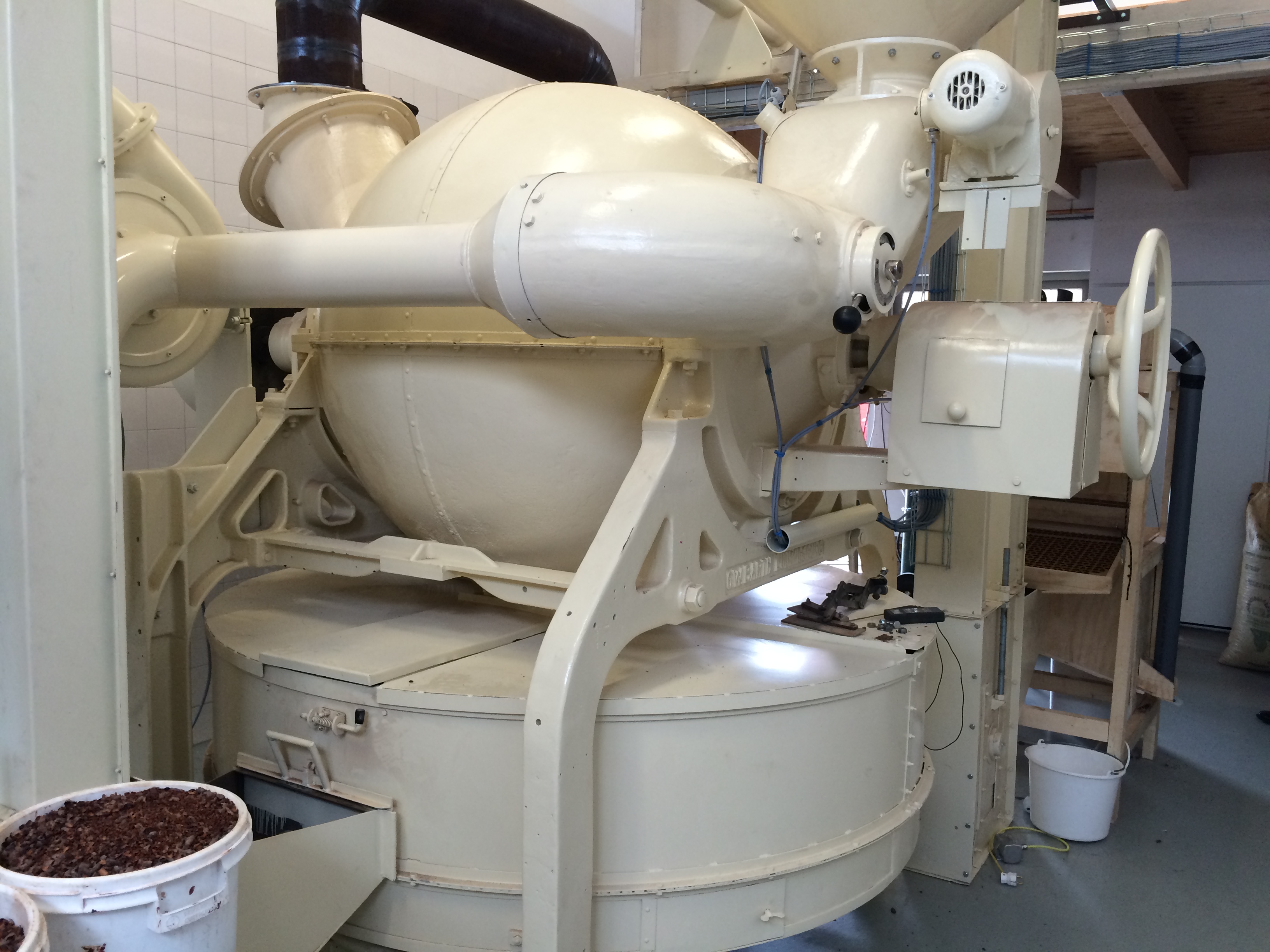
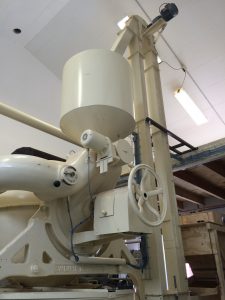
Together with our crowdfunders, we baptised it and now it's running smoothly!
The beginning: The purchase and arrival at the chocolate factory.
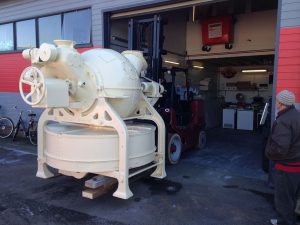
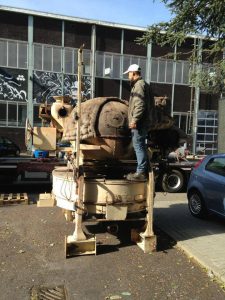


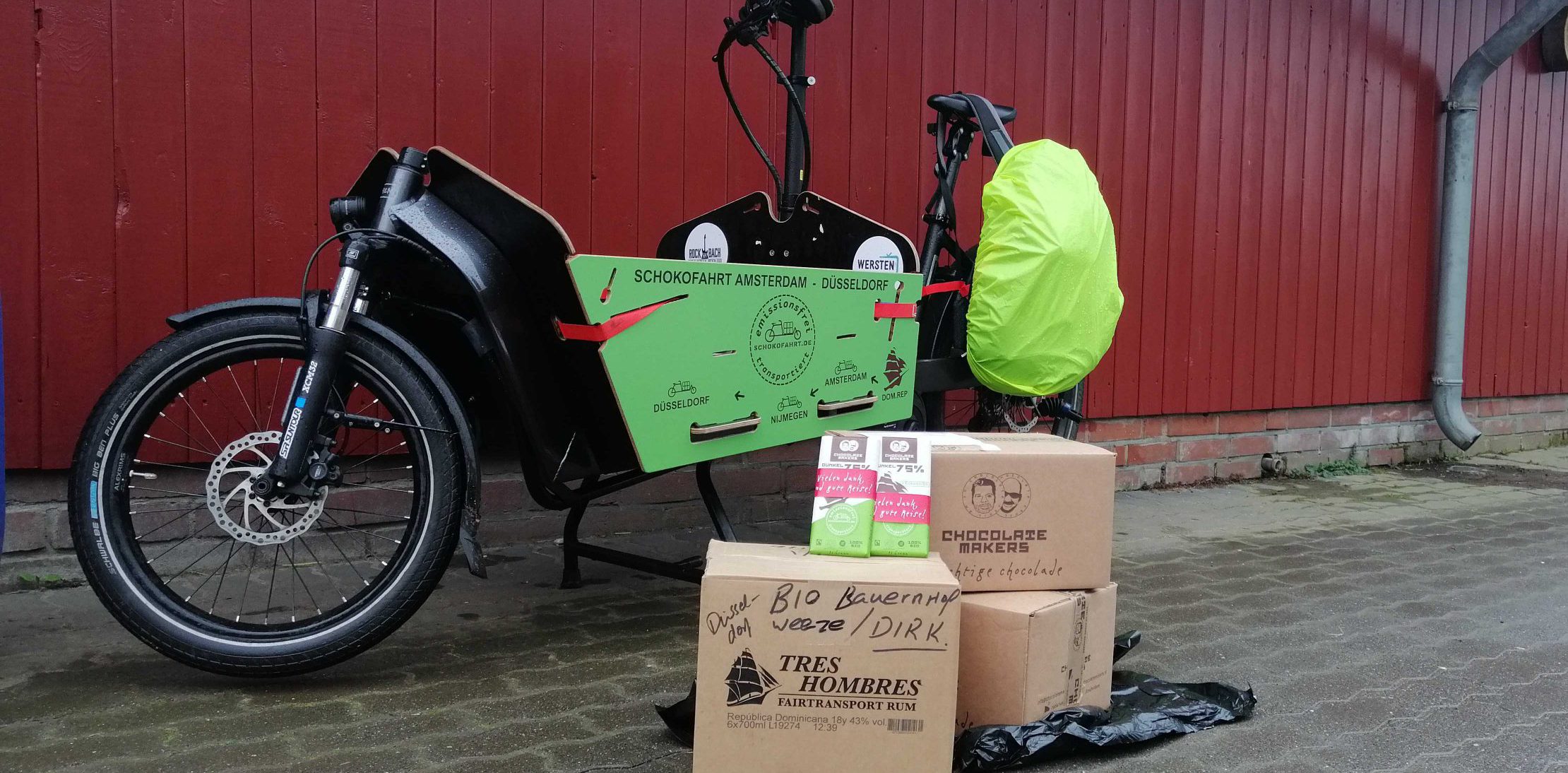
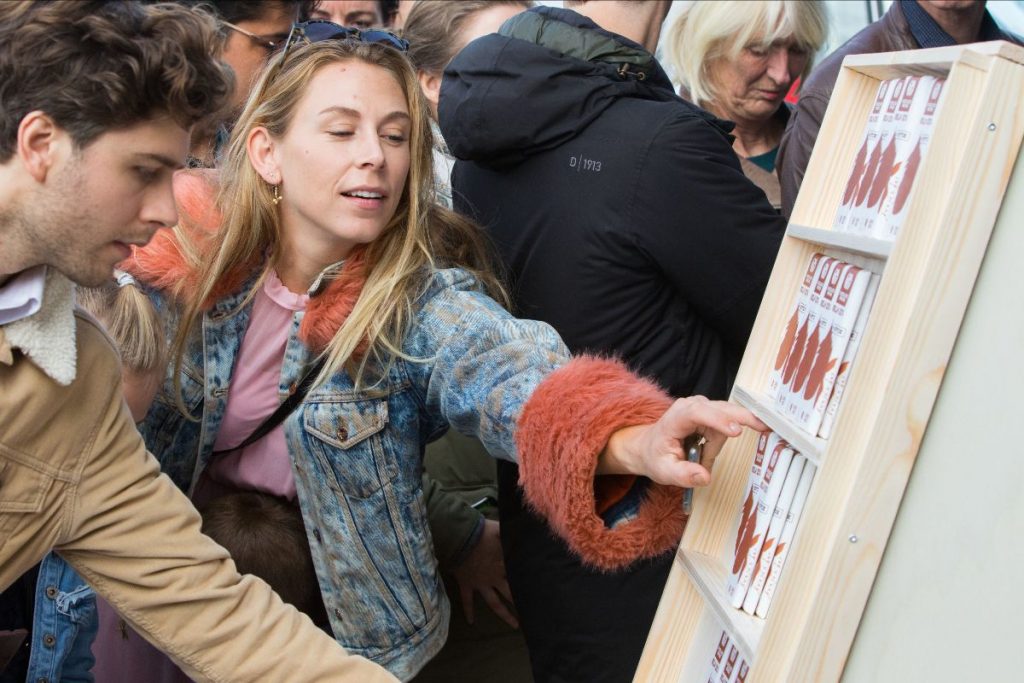
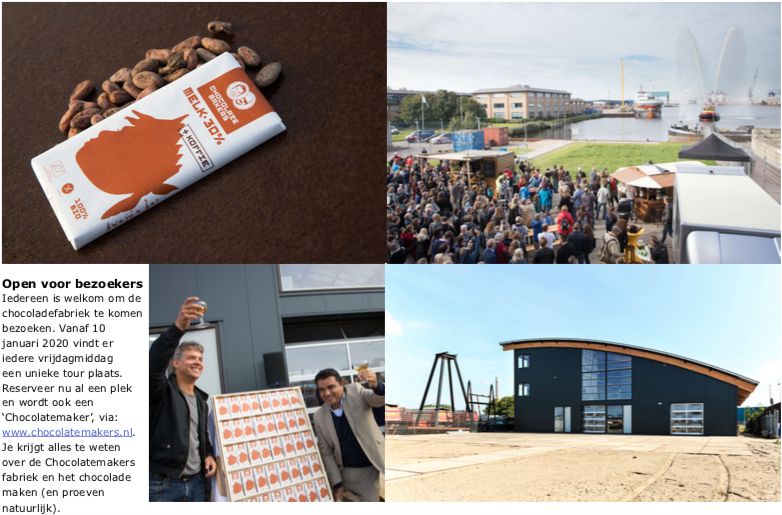

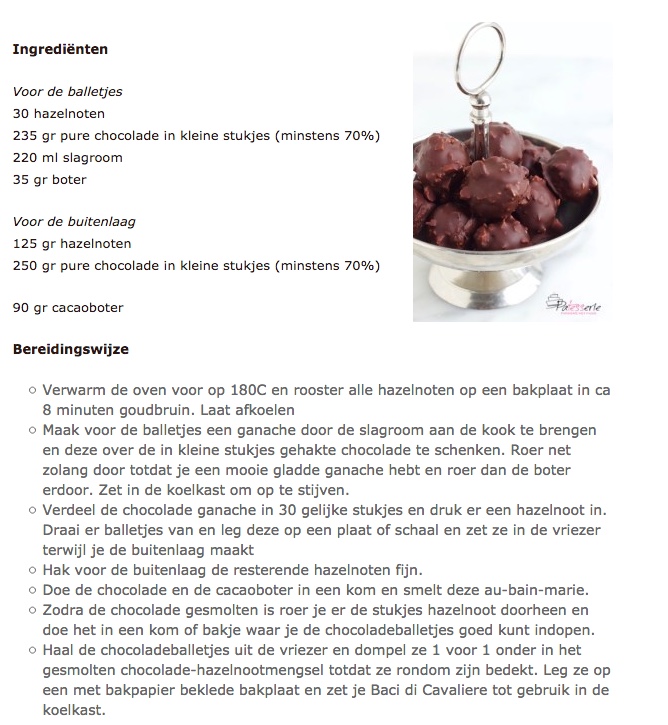
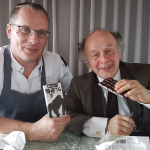
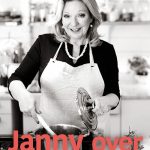
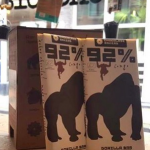

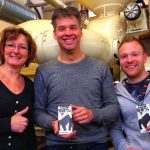

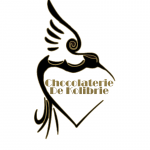
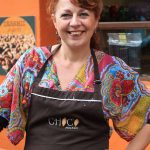
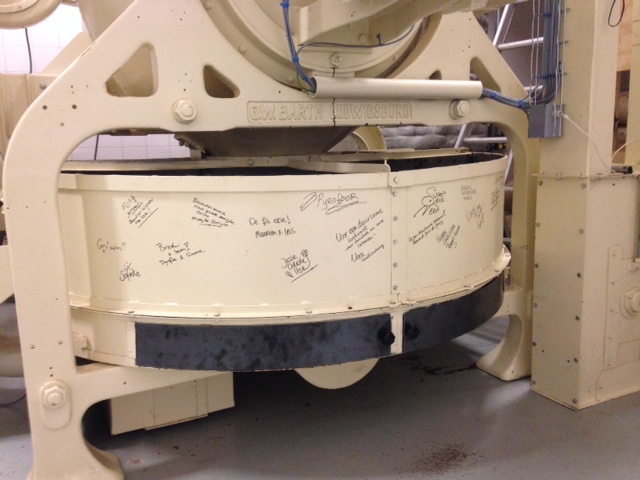
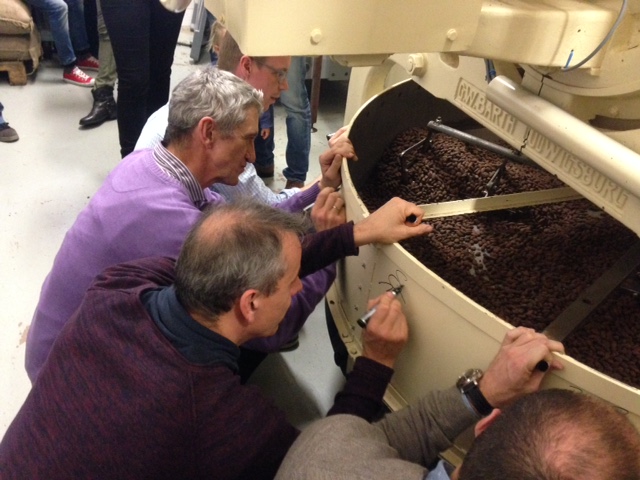
This year, on behalf of Corona, we have set up two HUBS in Germany where cyclists can collect the chocolate. The chocolate was transported from Amsterdam to these HUBs by Aad de Wit Verhuizingen with electric vans, from the farmer to the consumer without using a single drop of fossil fuel.
It is our mission and also that of the Fairtransport with the sailing ship Tres Hombres and the many cyclists of the Schokofahrt in Germany who show that we can also make this clean chain true over long distances, from the Dominican Republic to Berlin. The amount of CO2 saved per bar has been calculated to be approximately 30g/bar.
Are we dreamers? Yes we are! And with this dream comes reality, here and now. On to the next dream: all our transport to be emission-free.